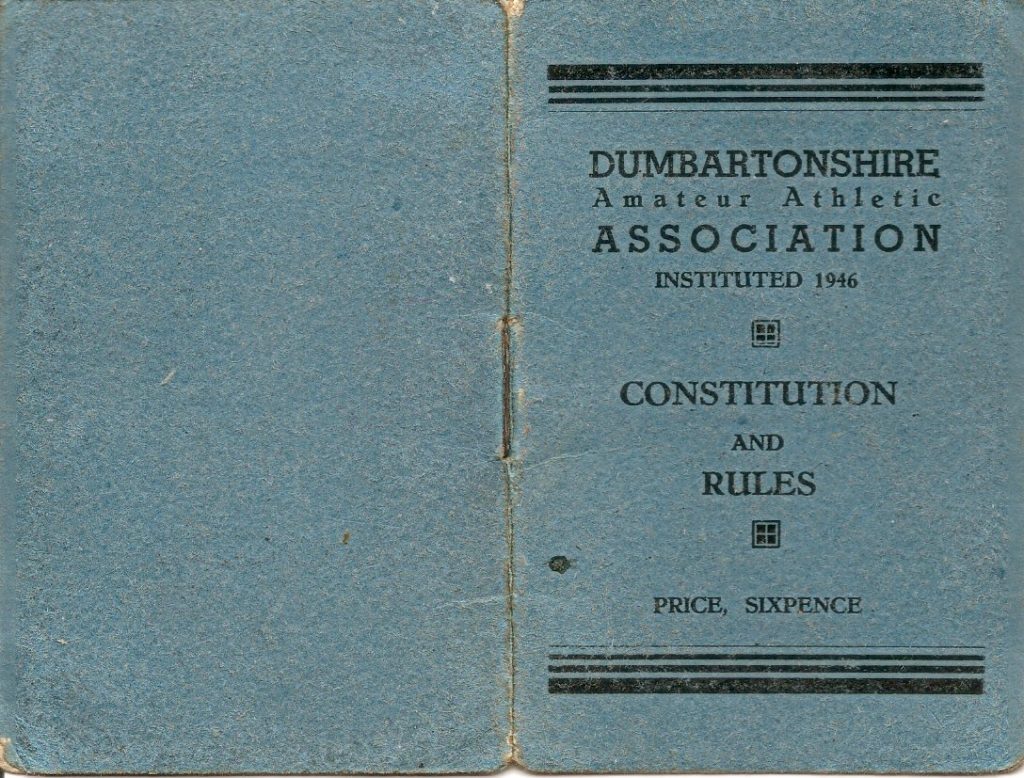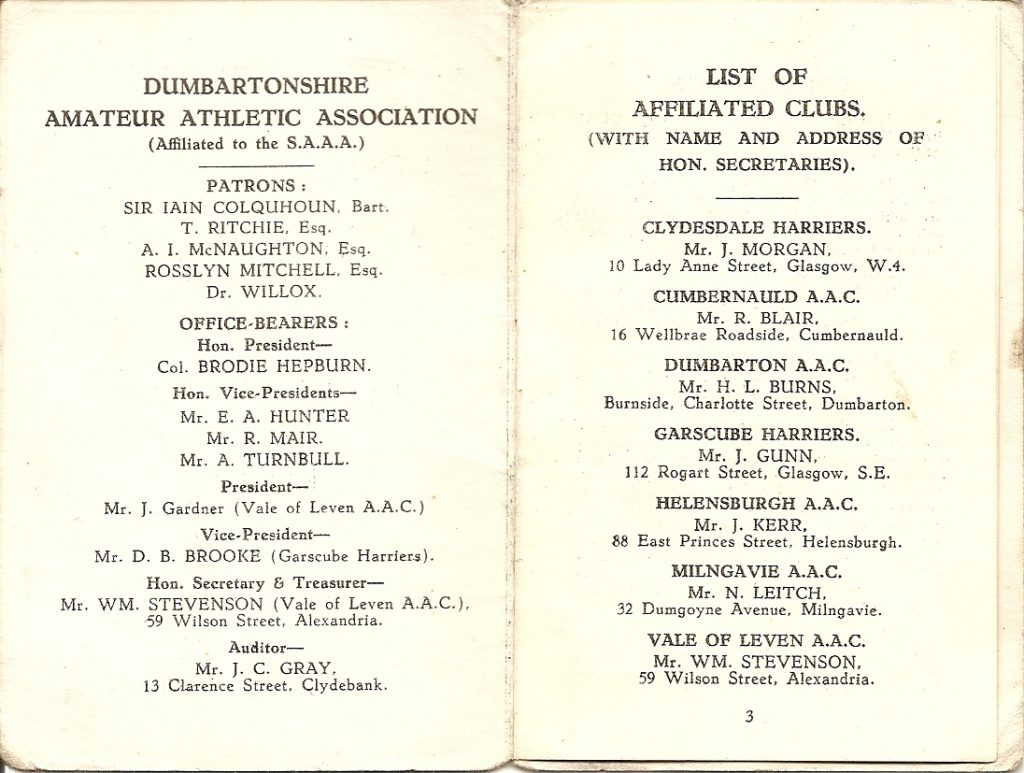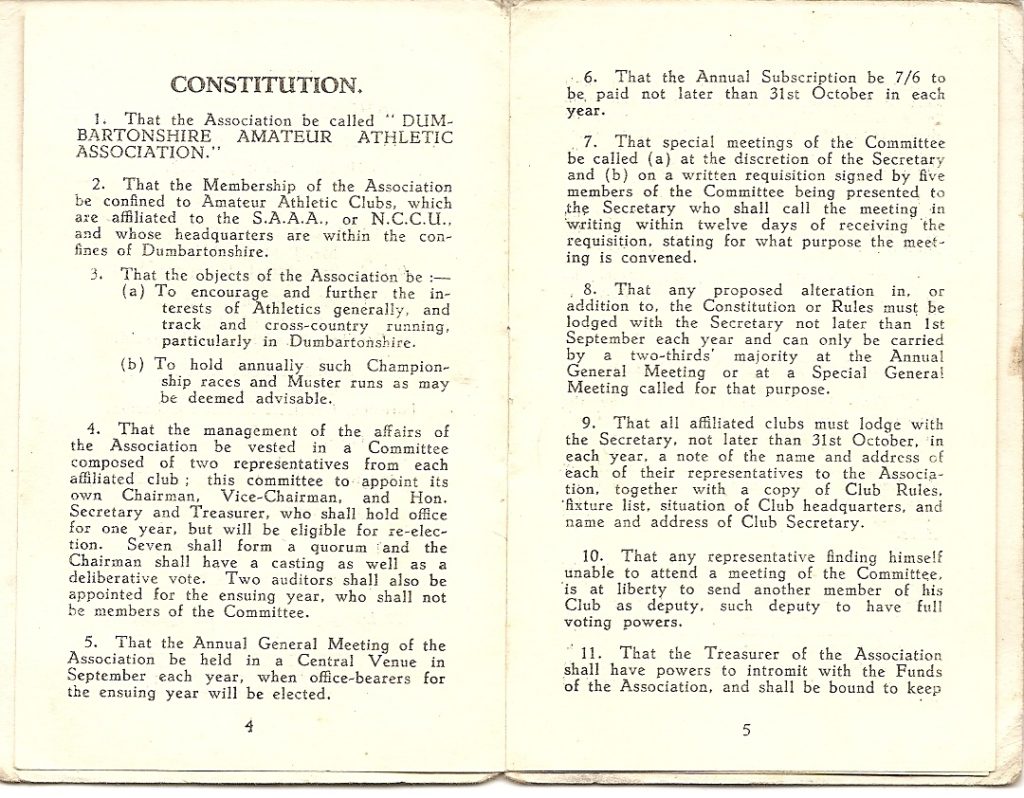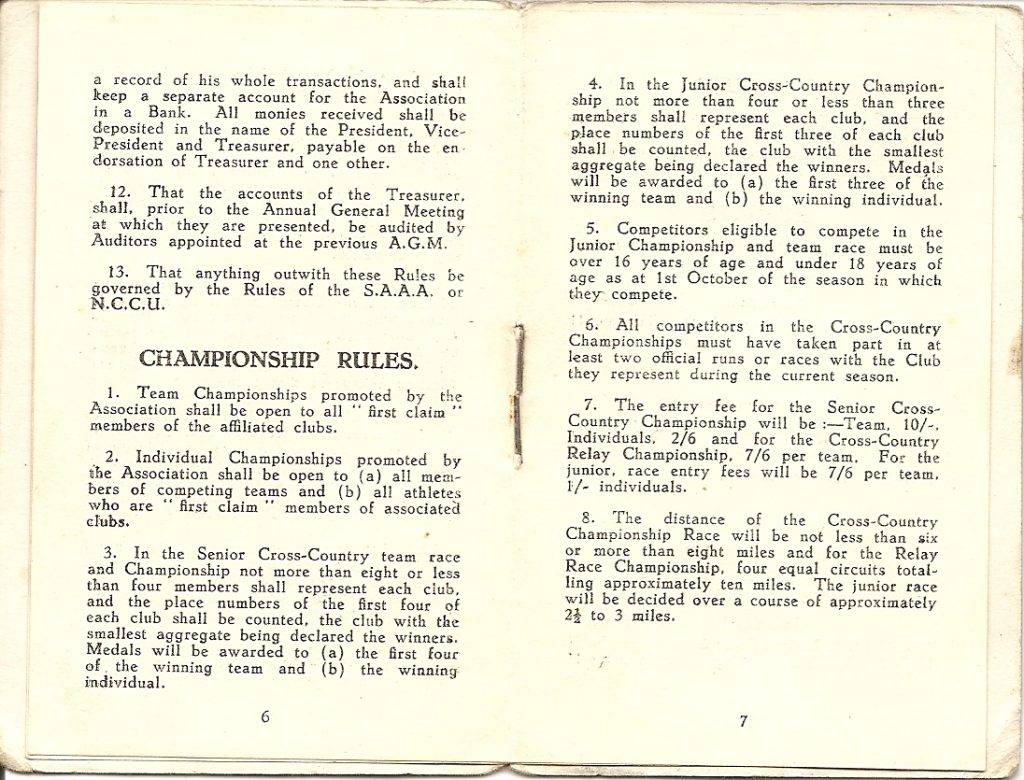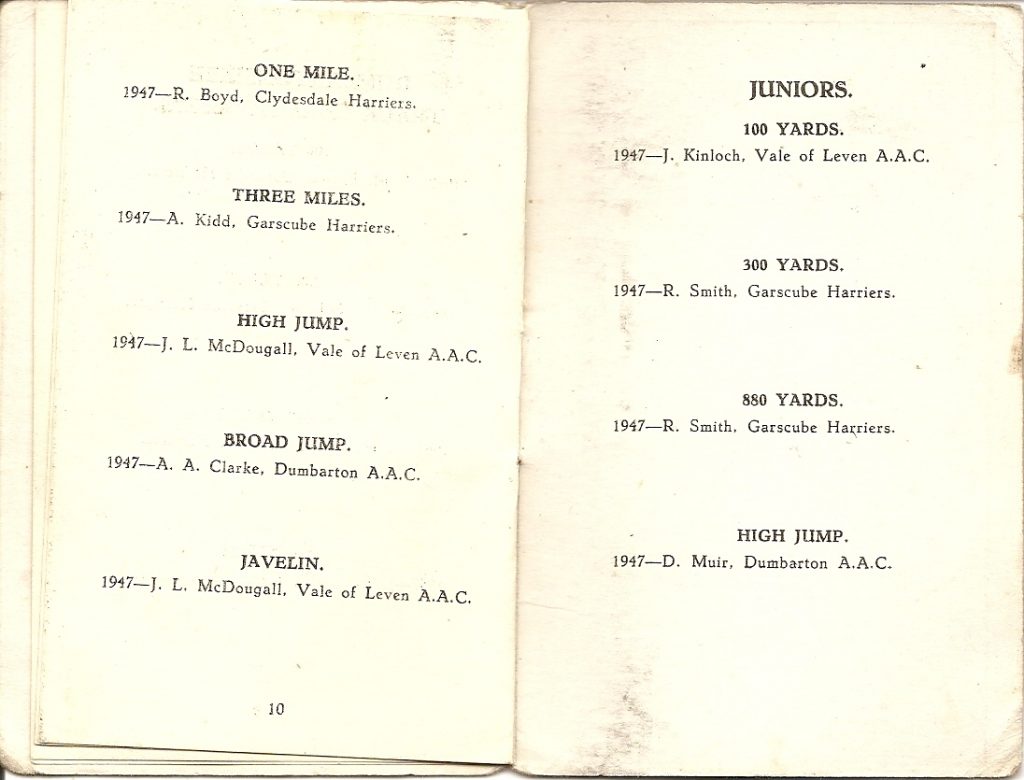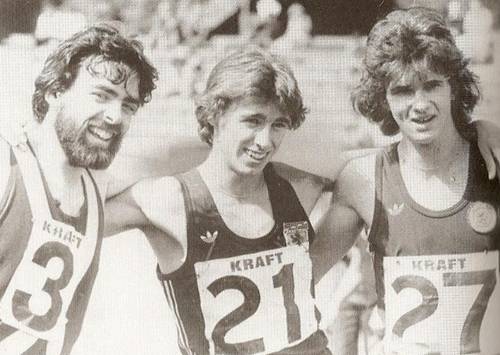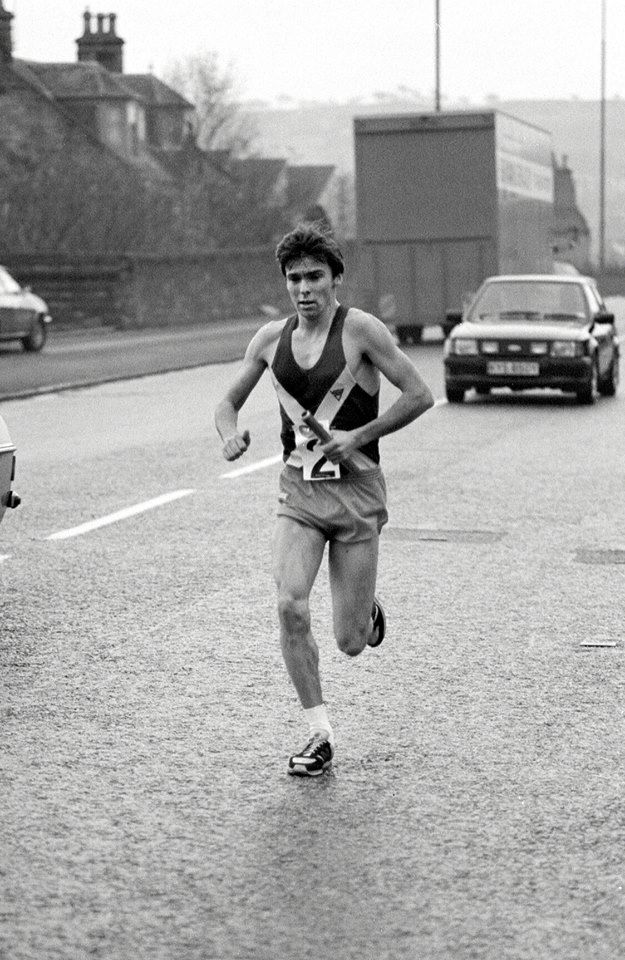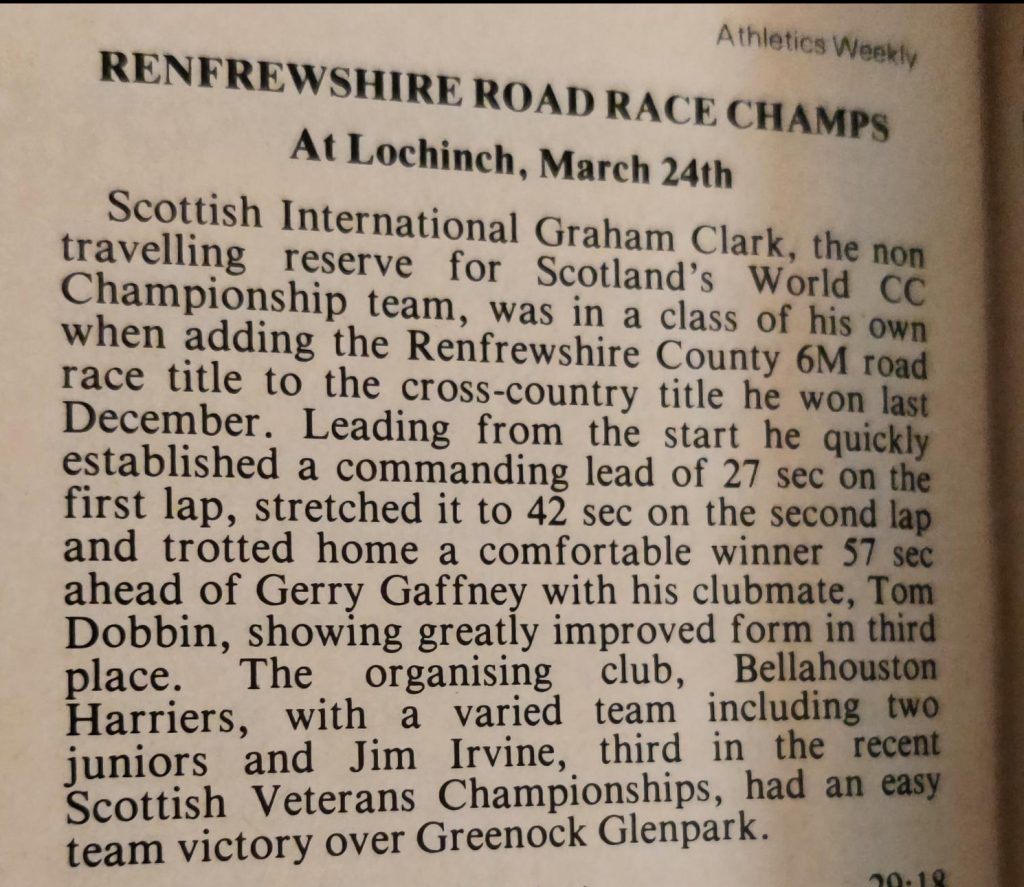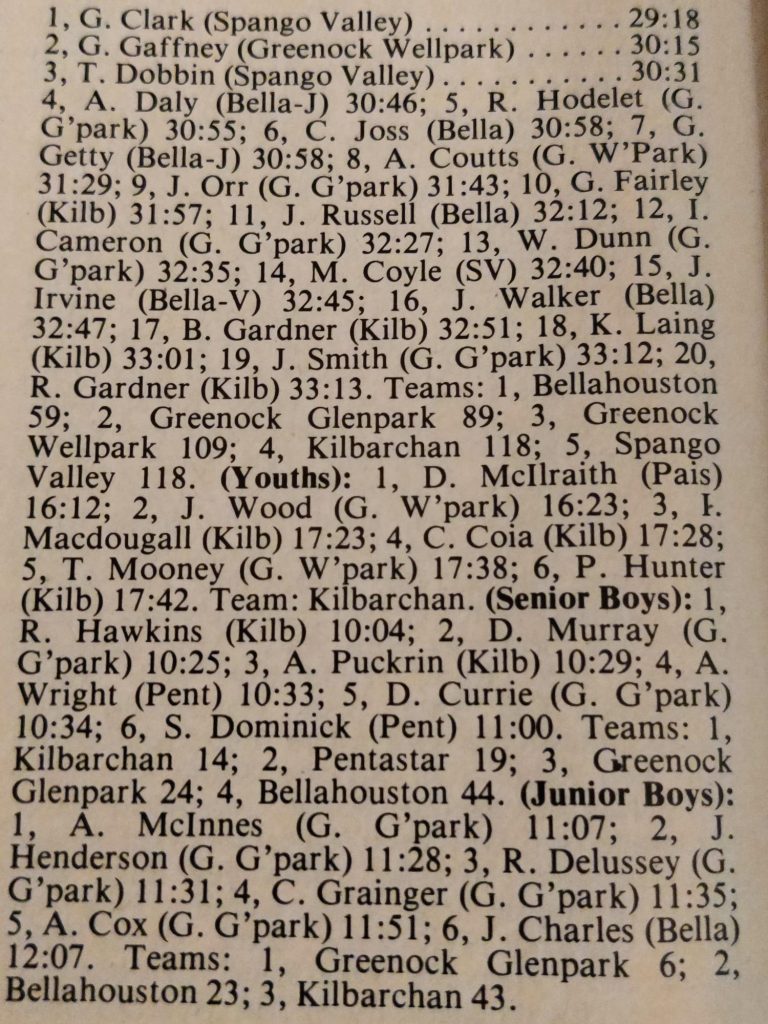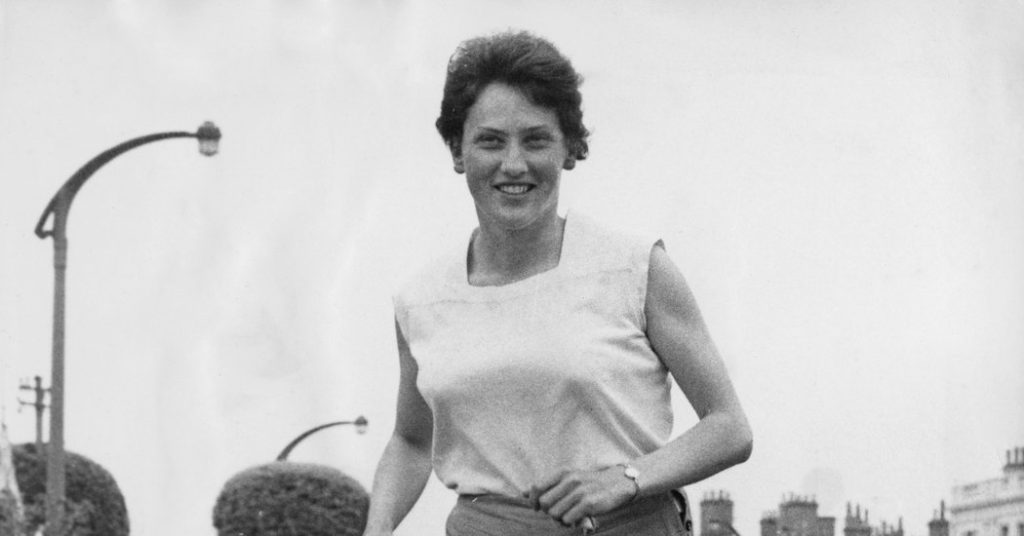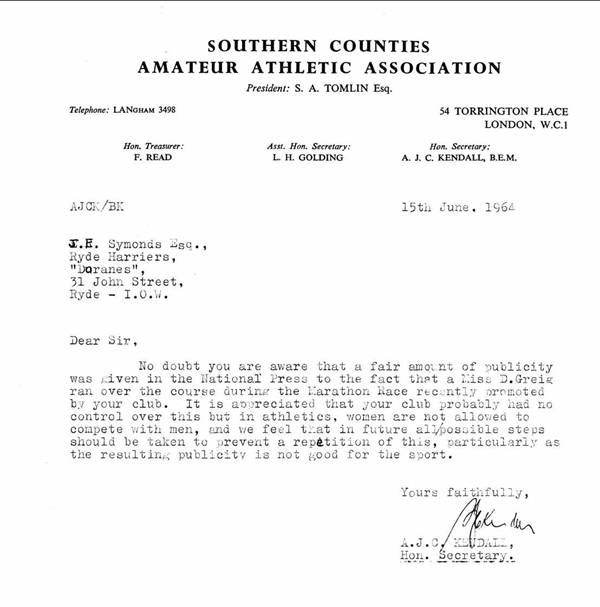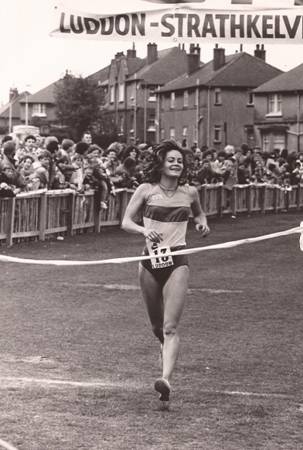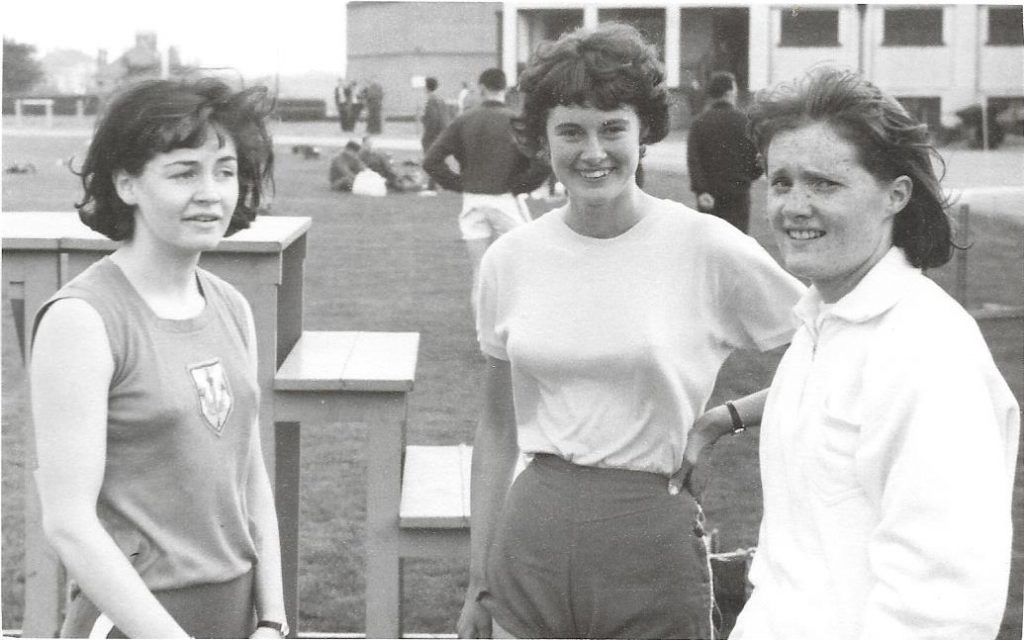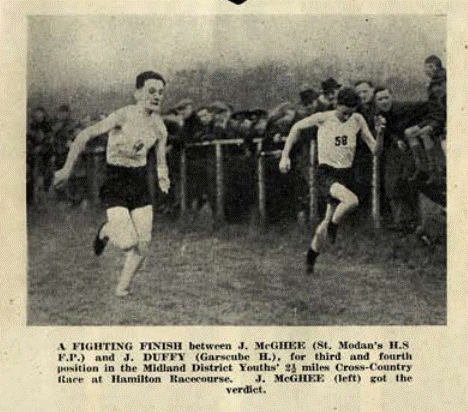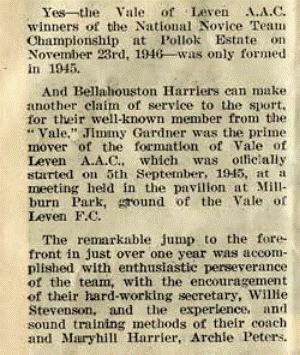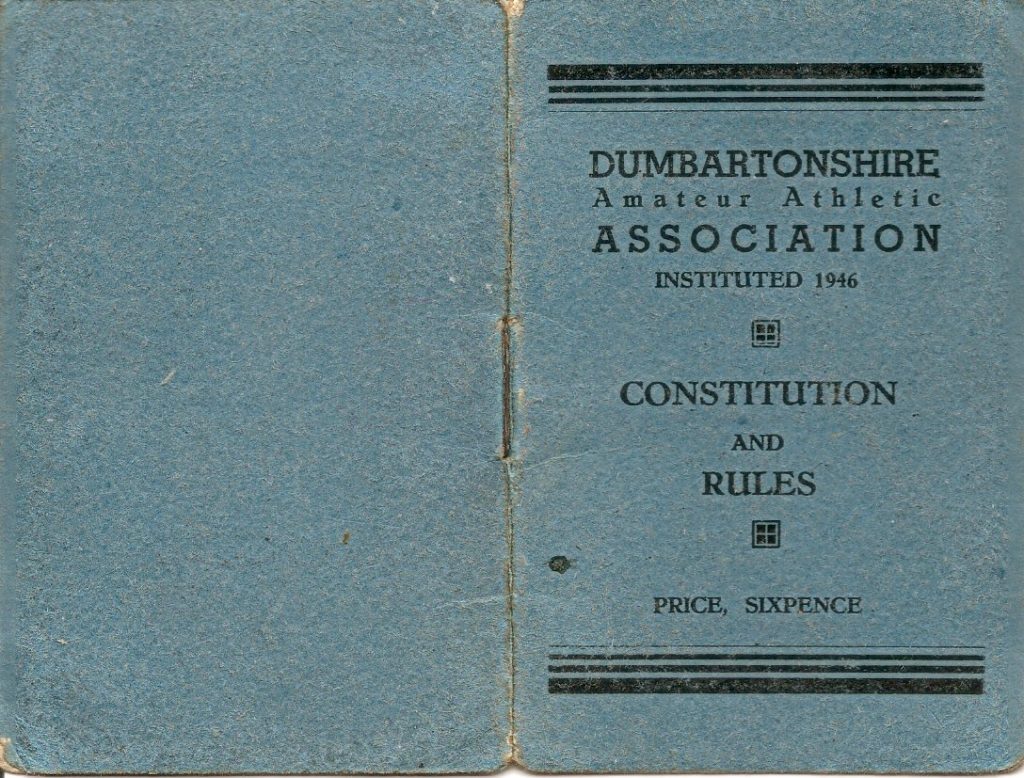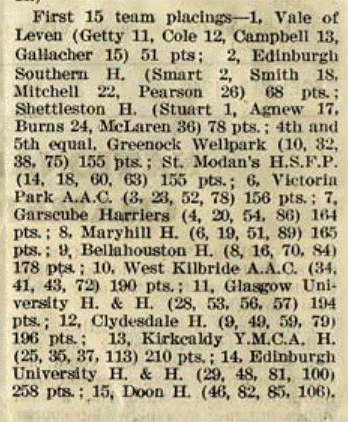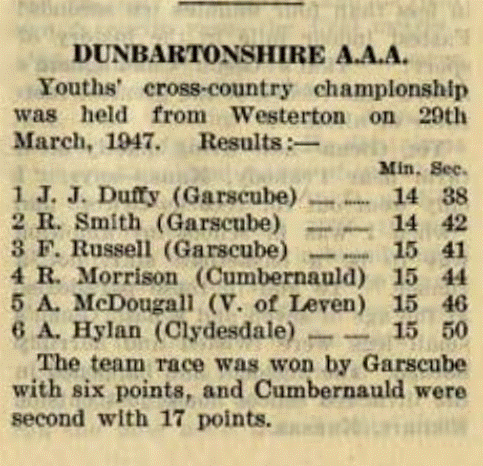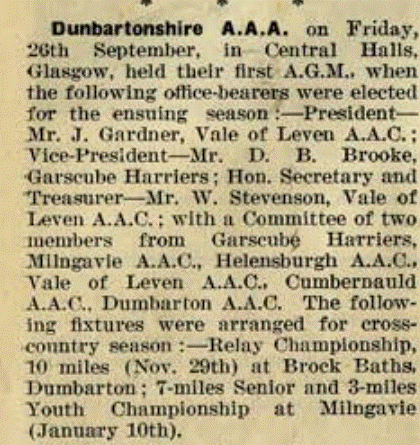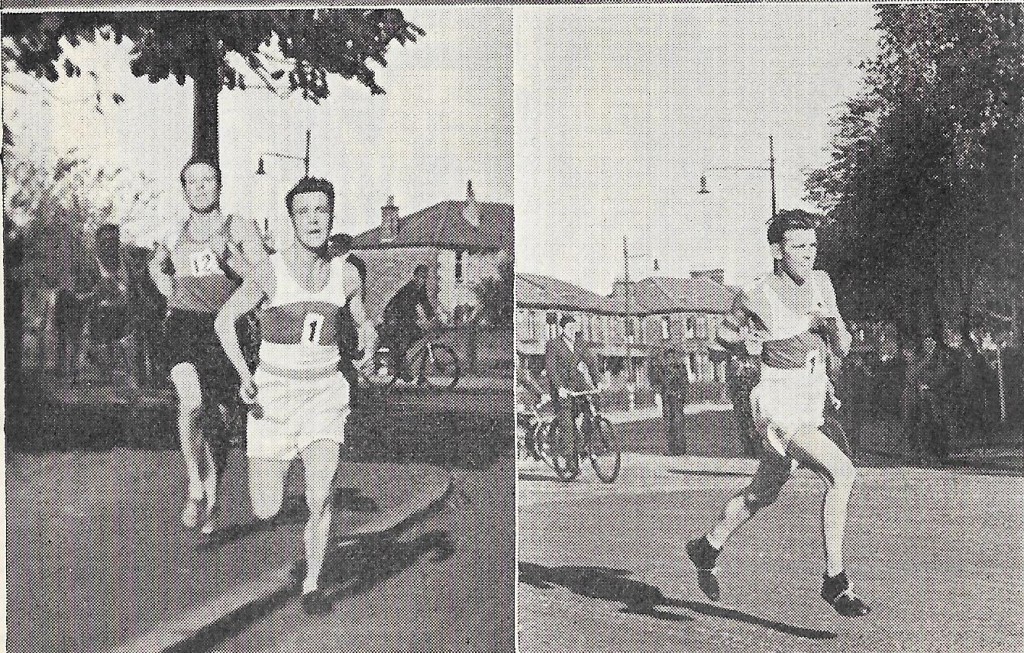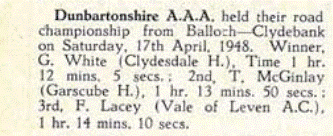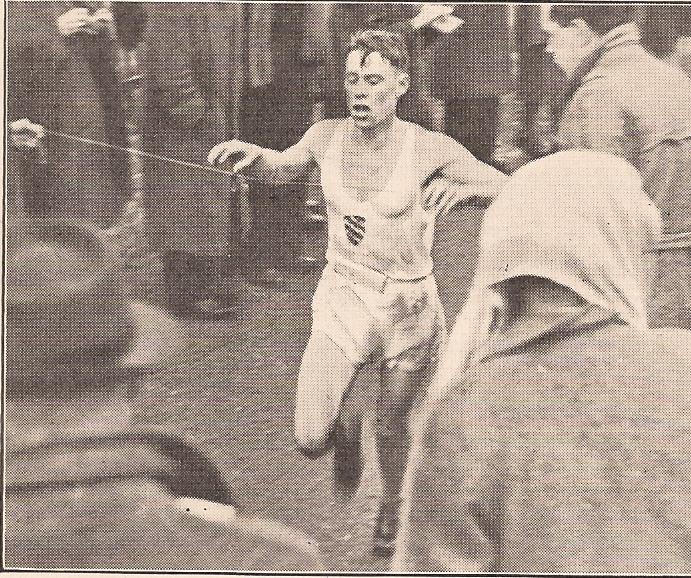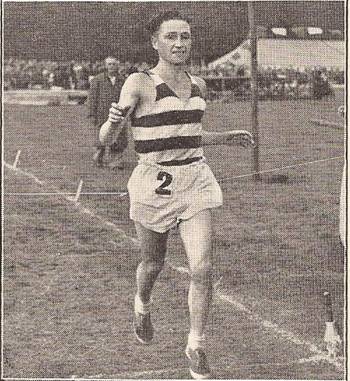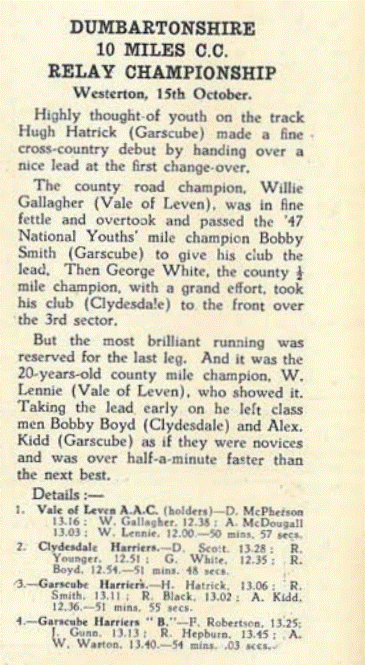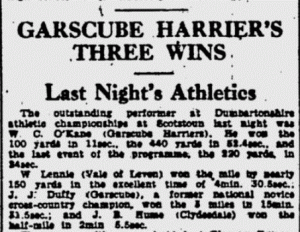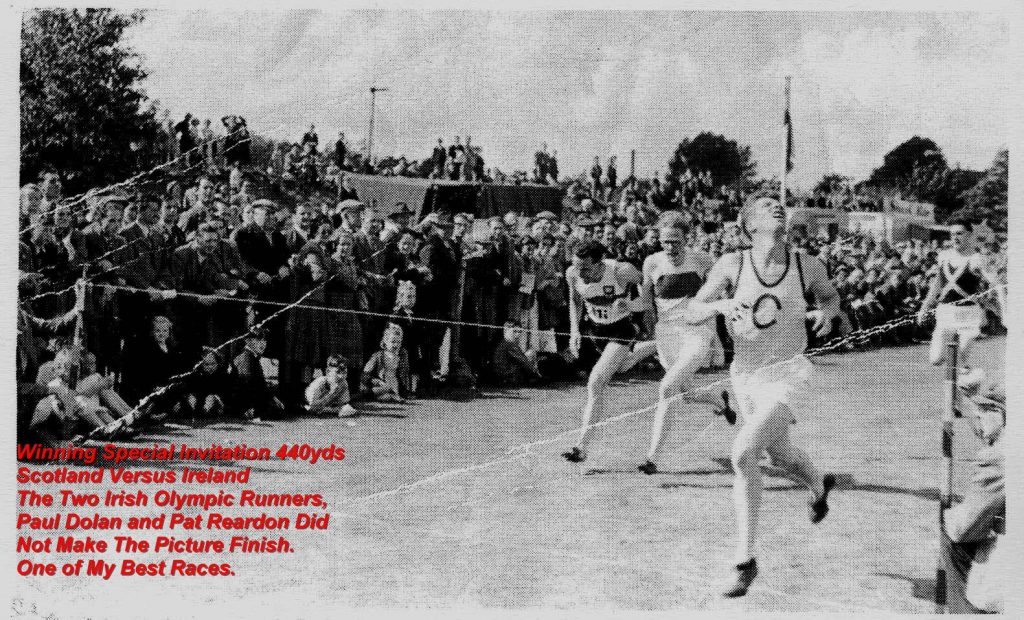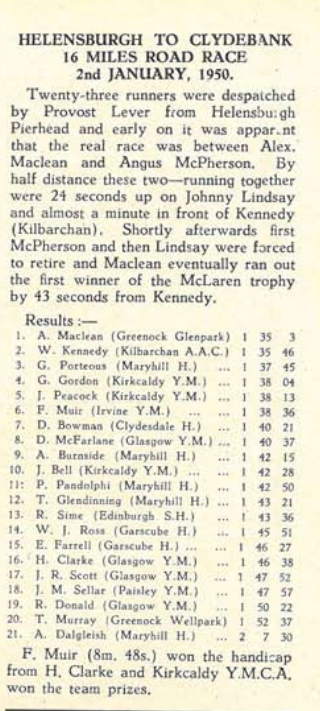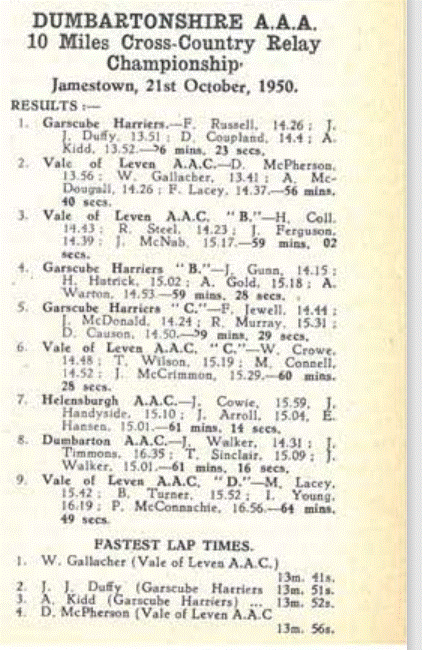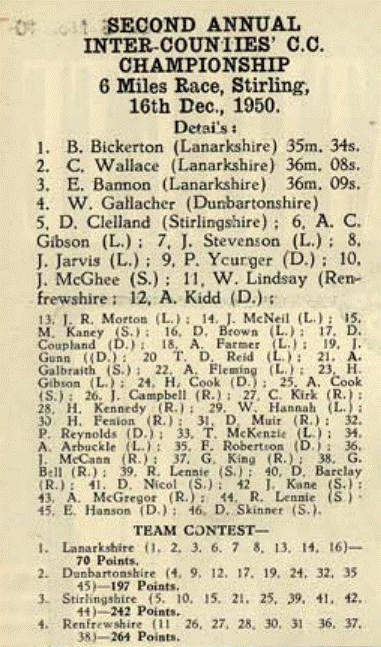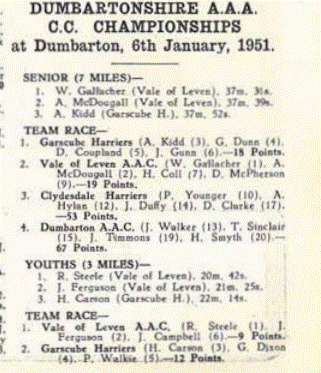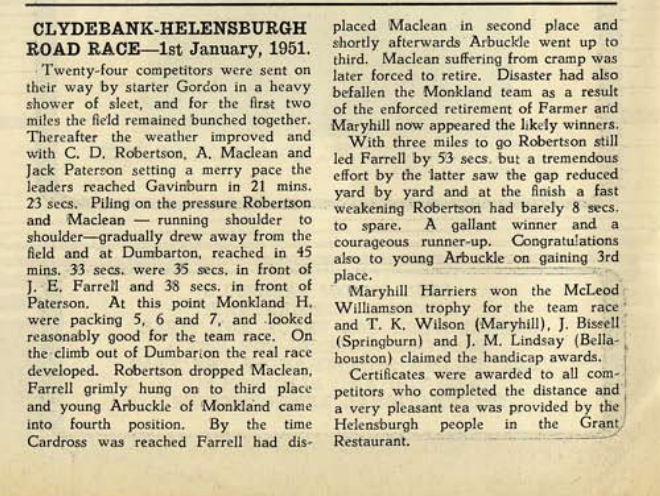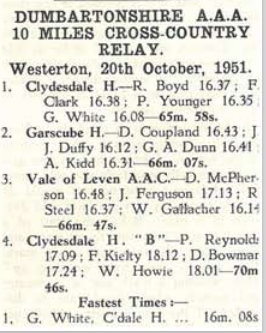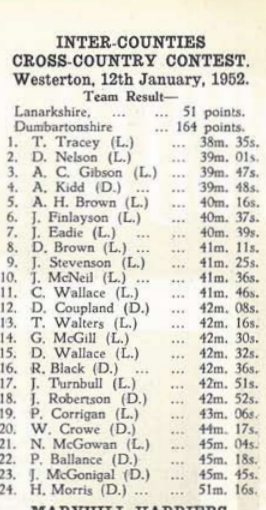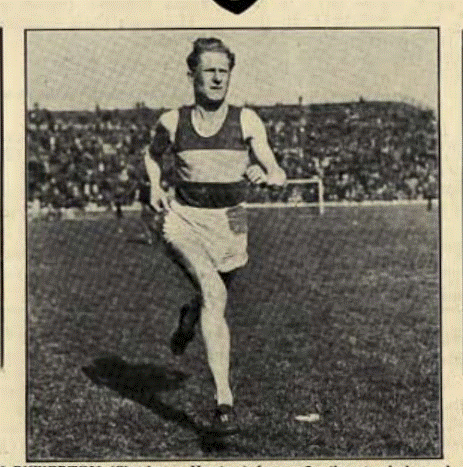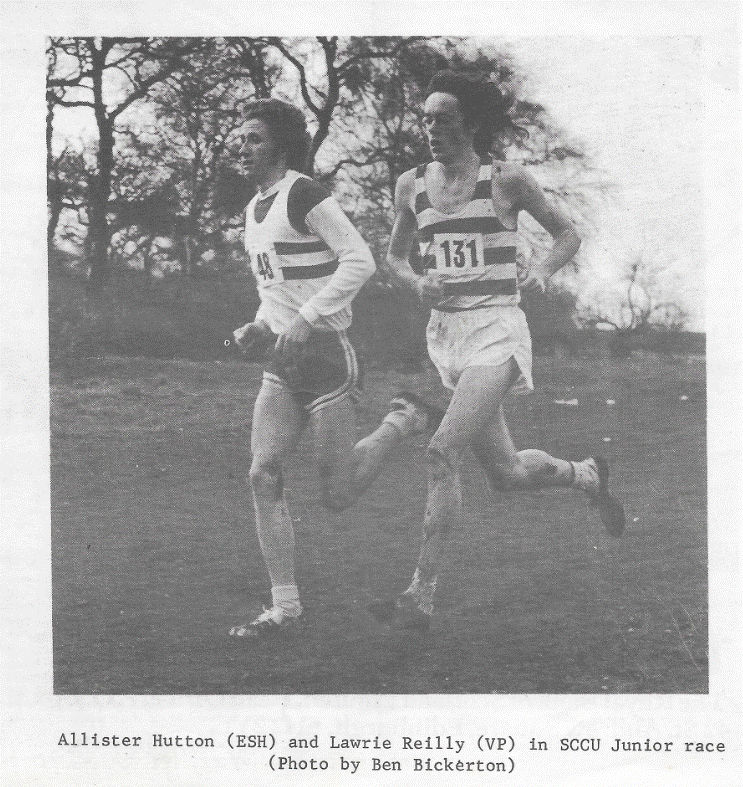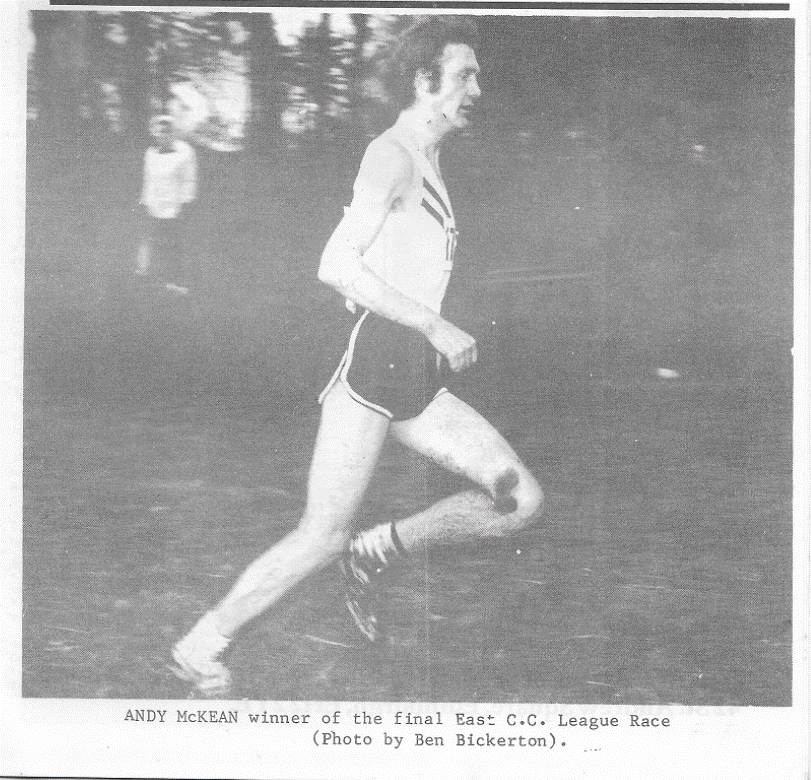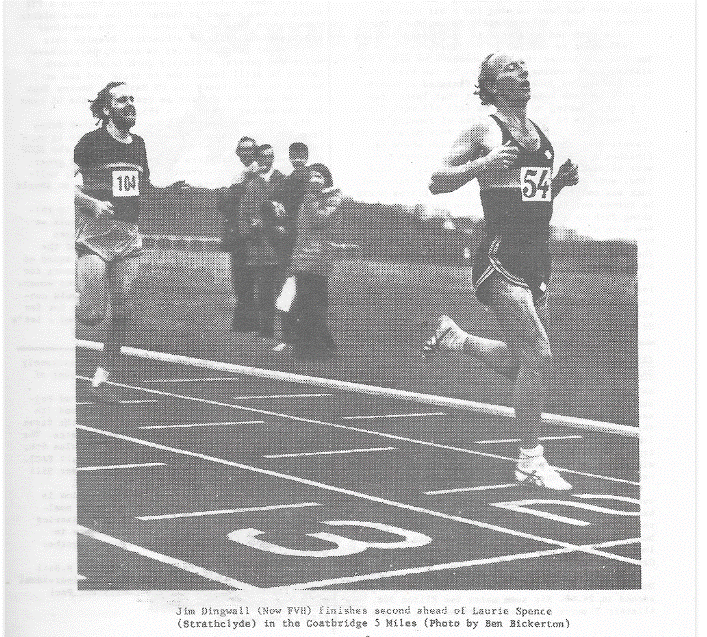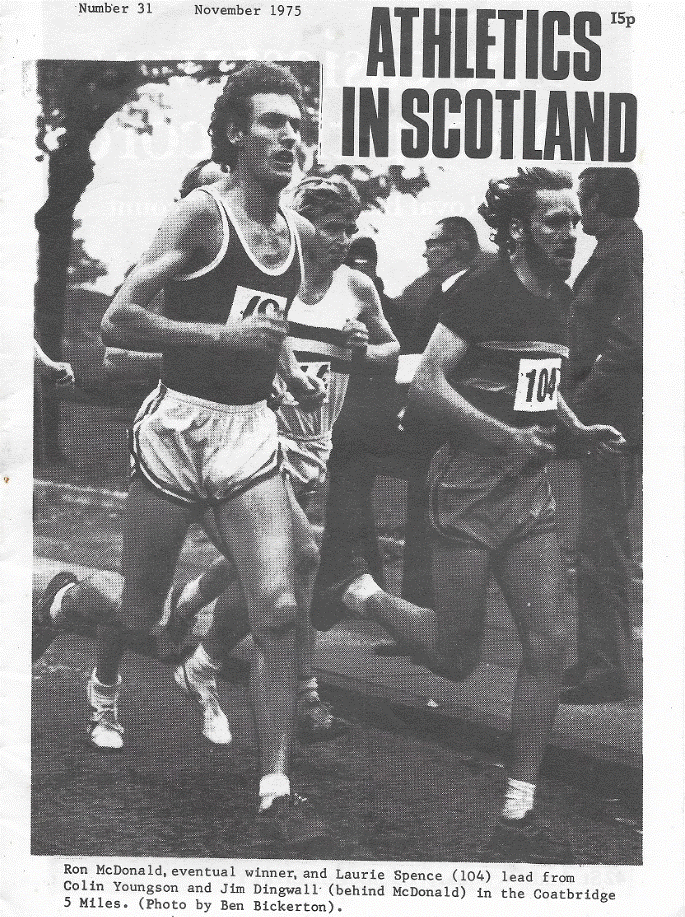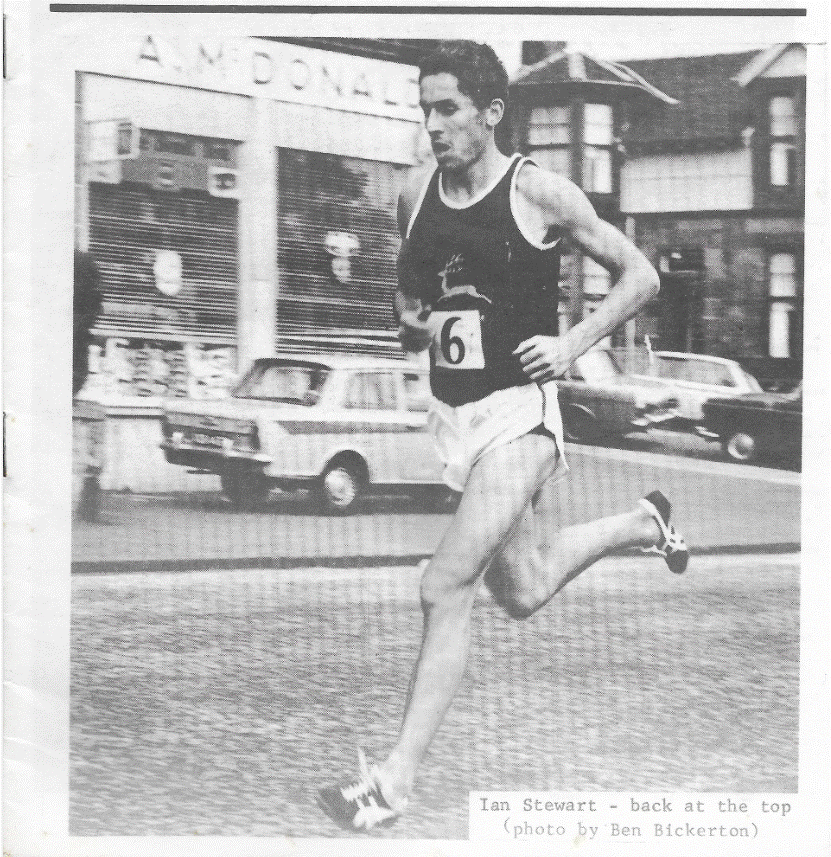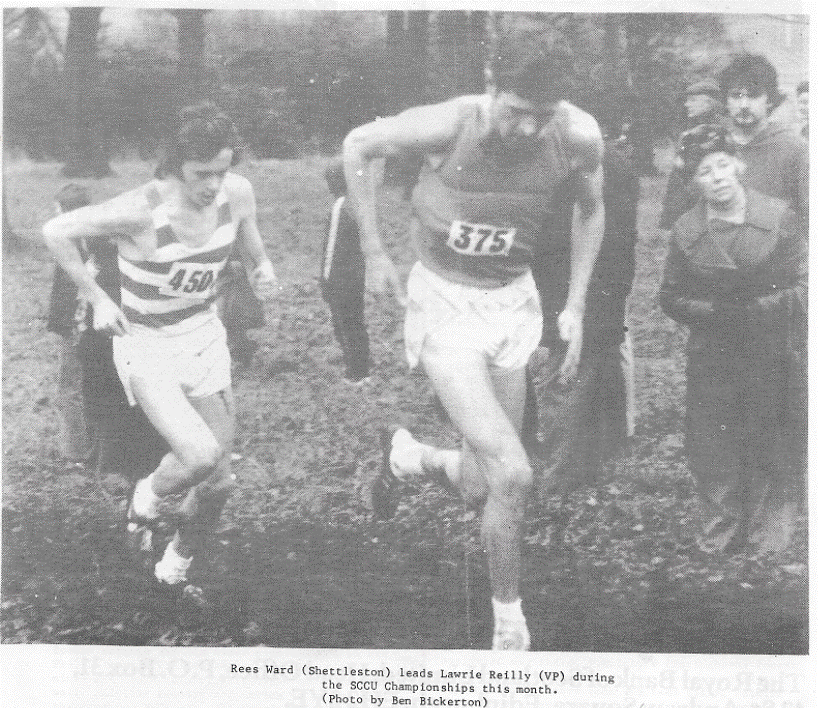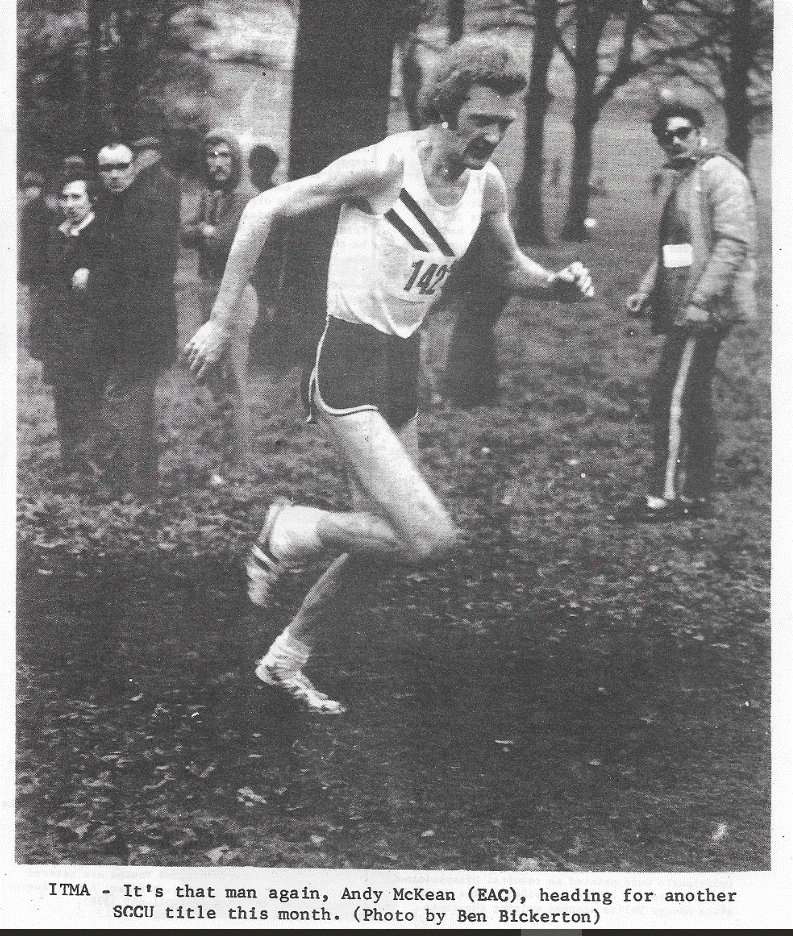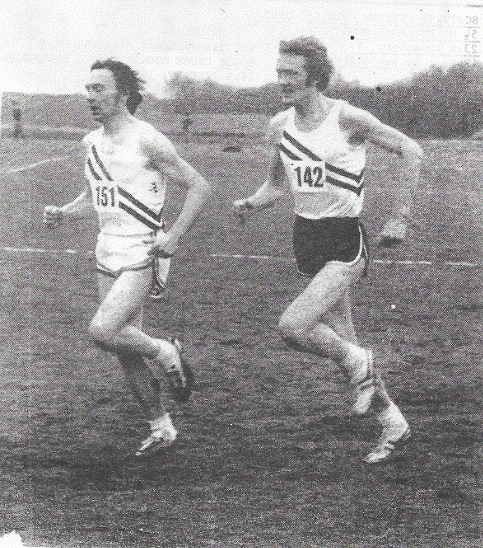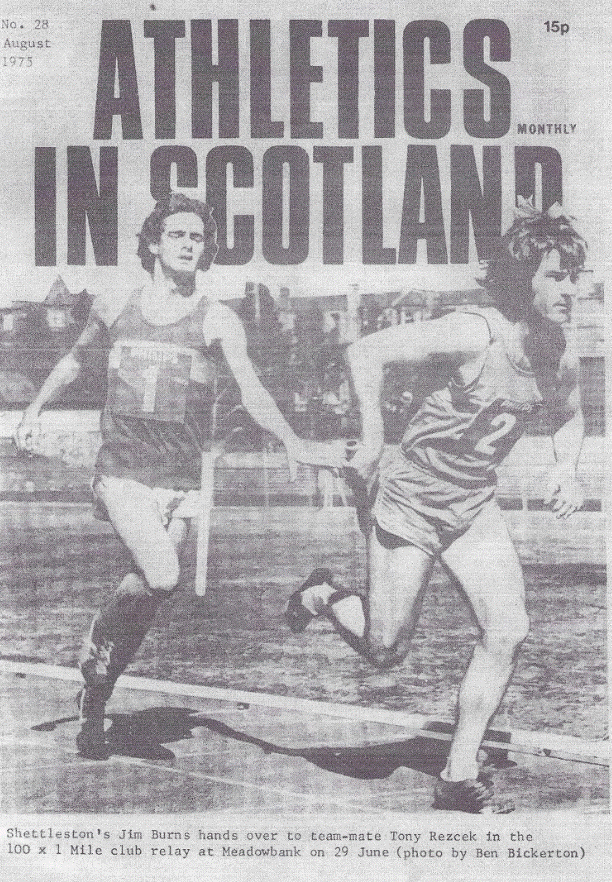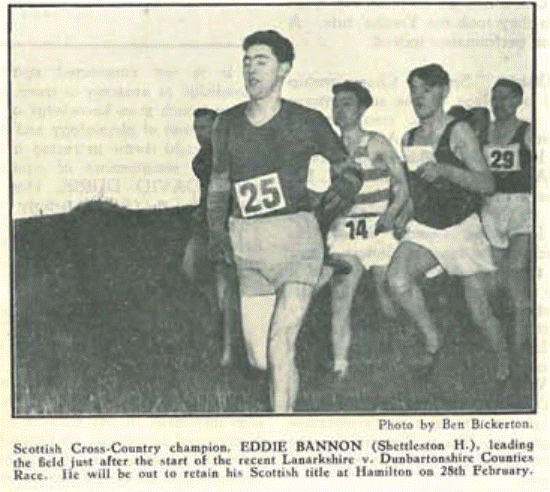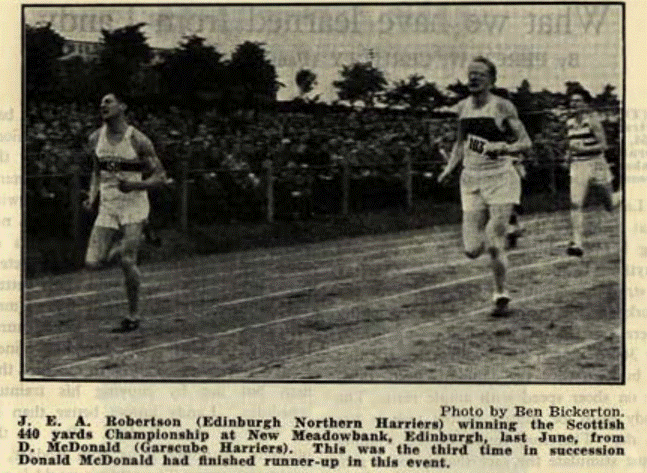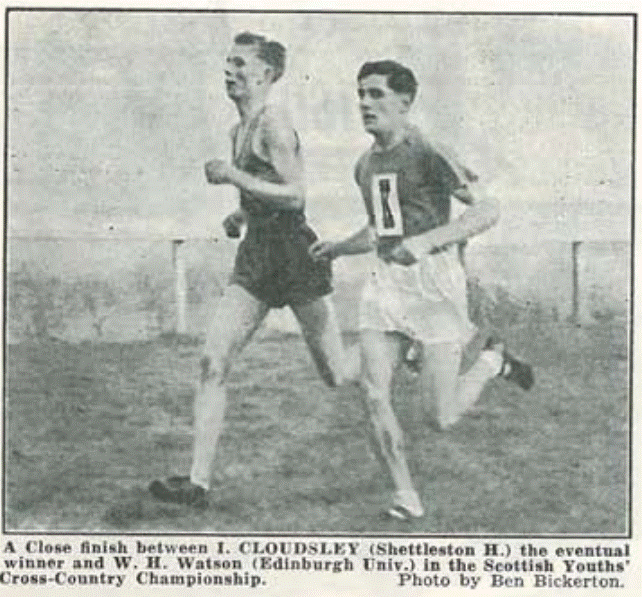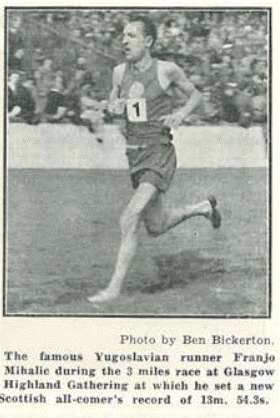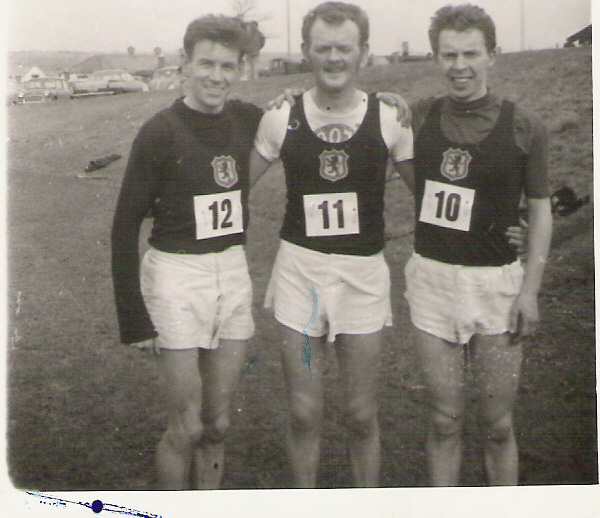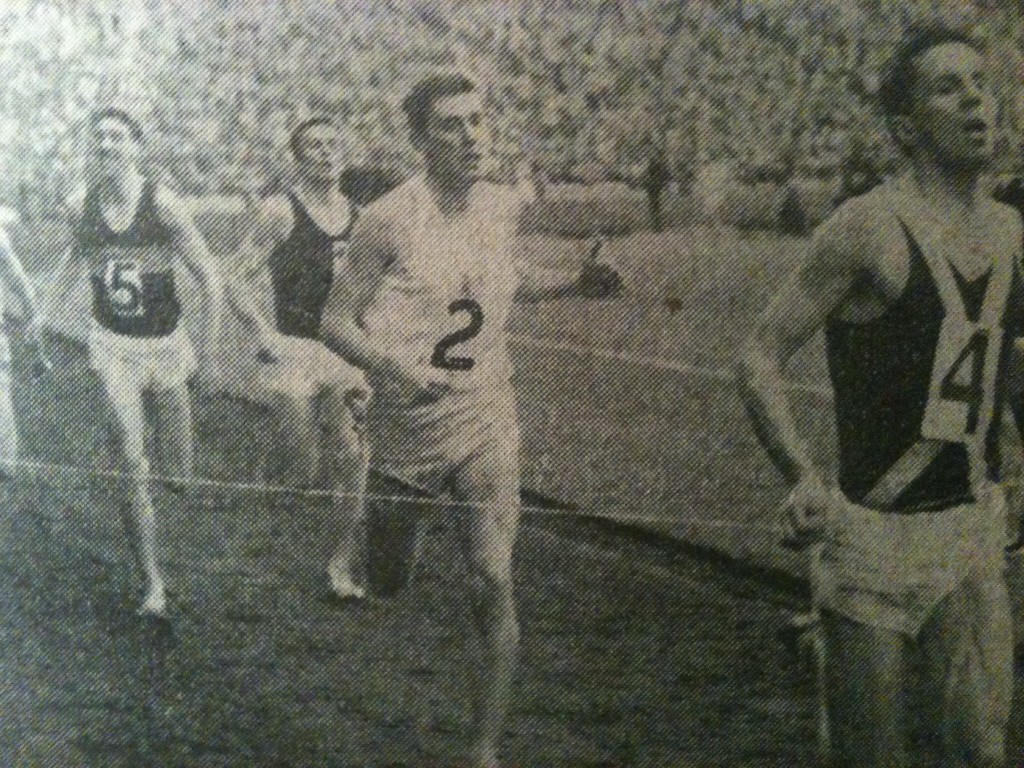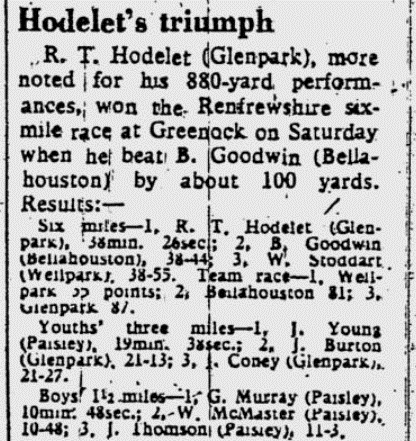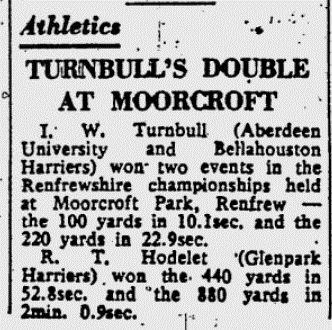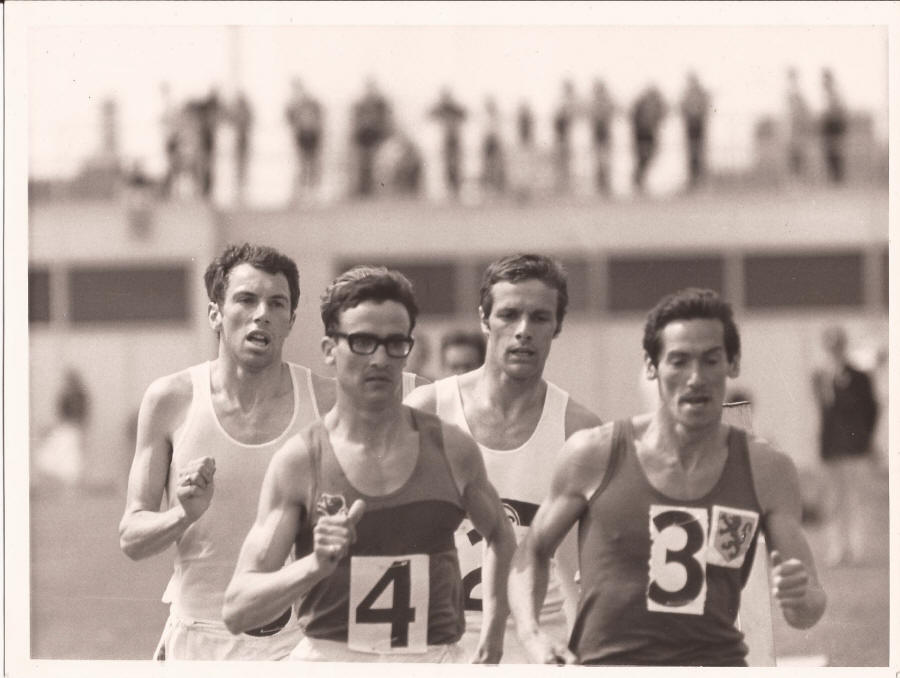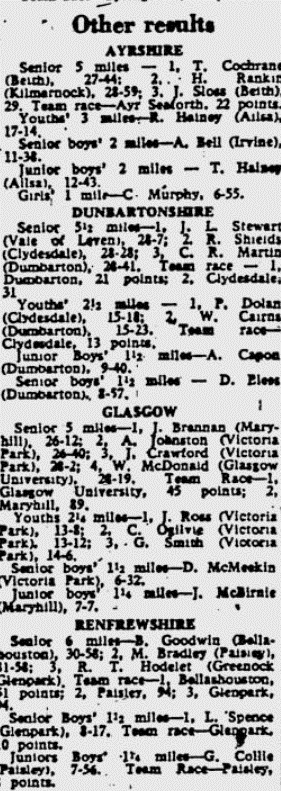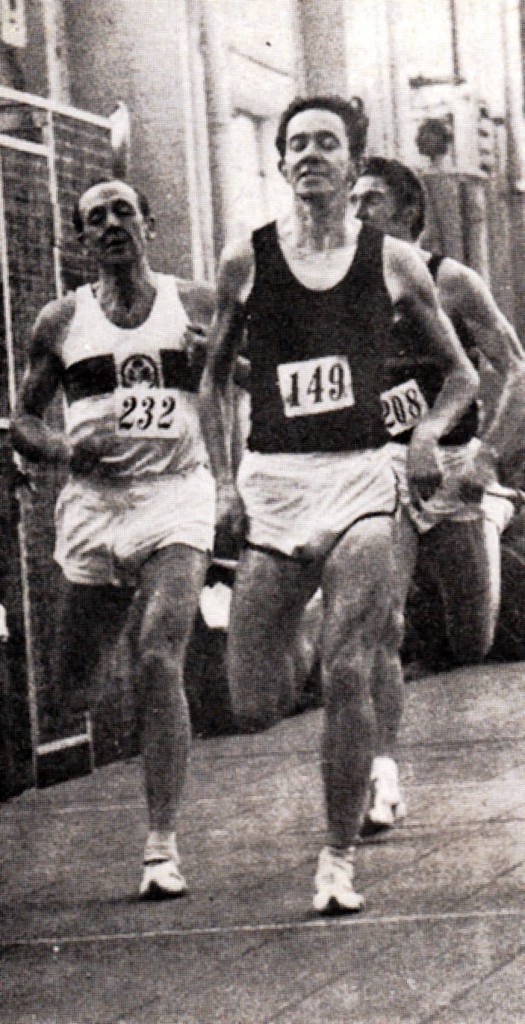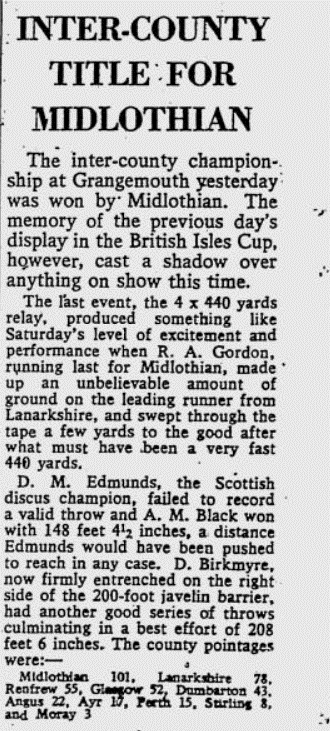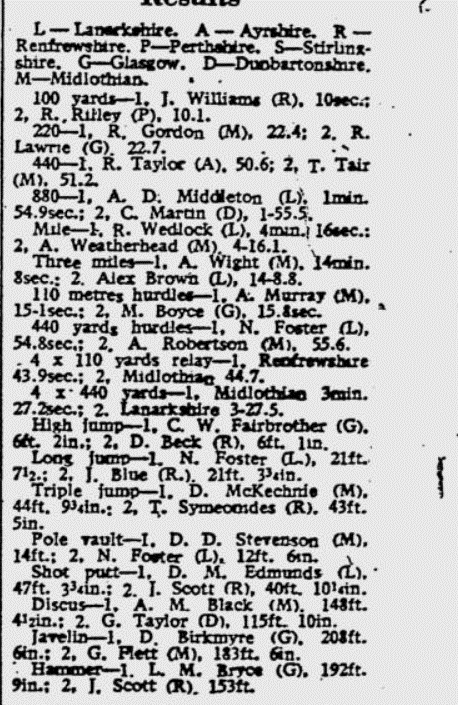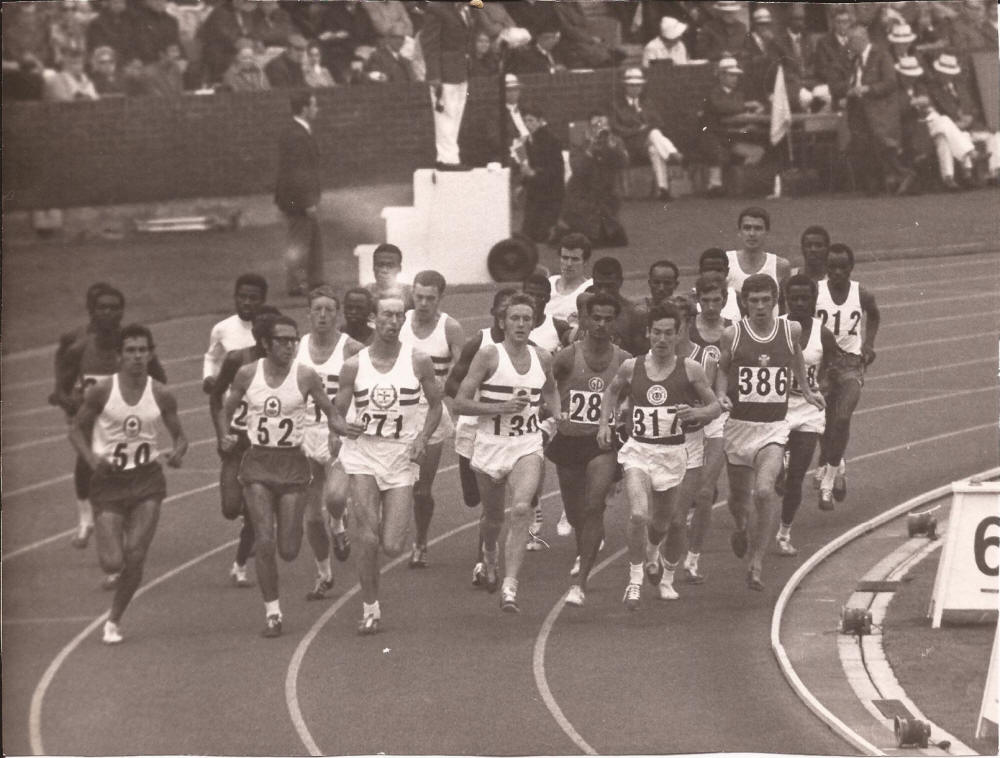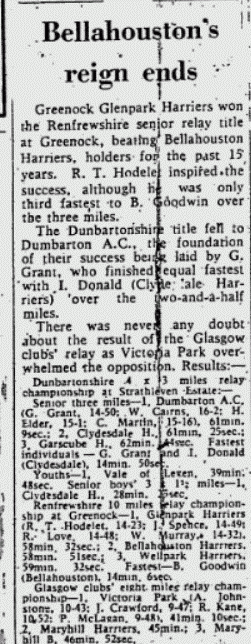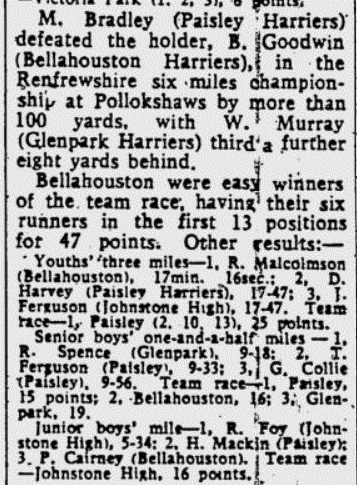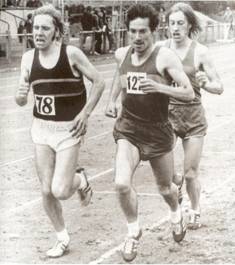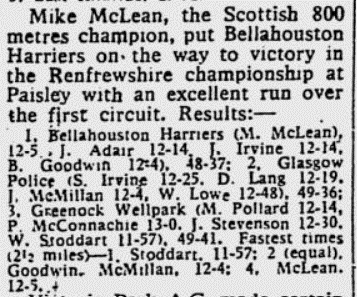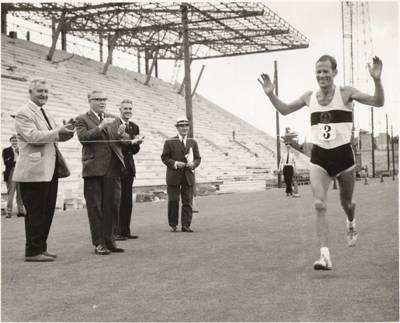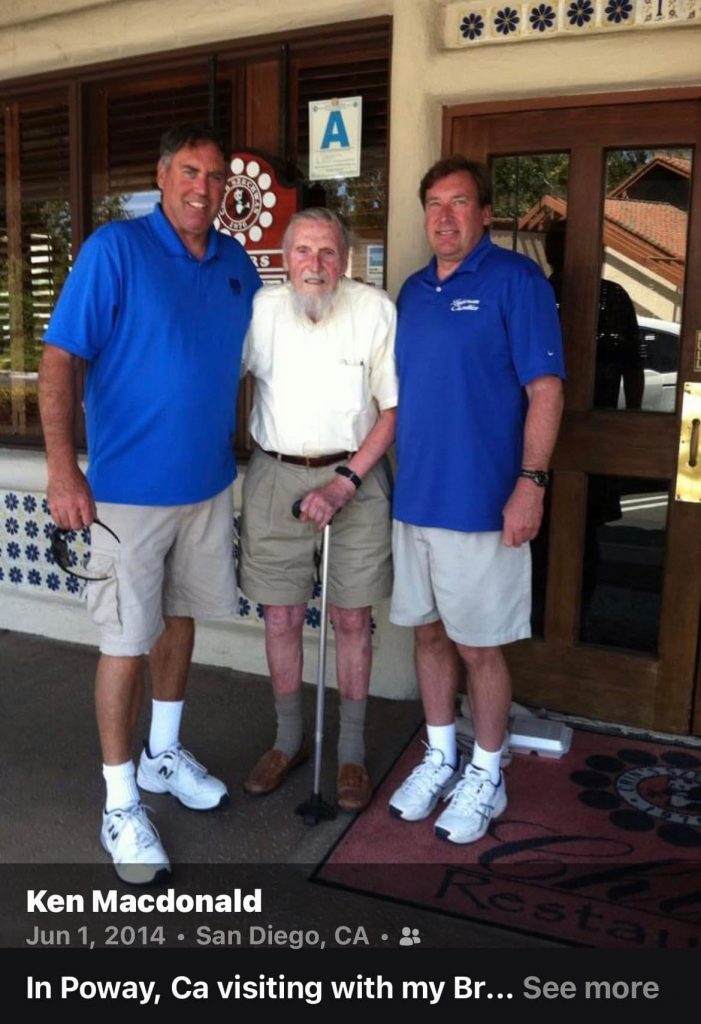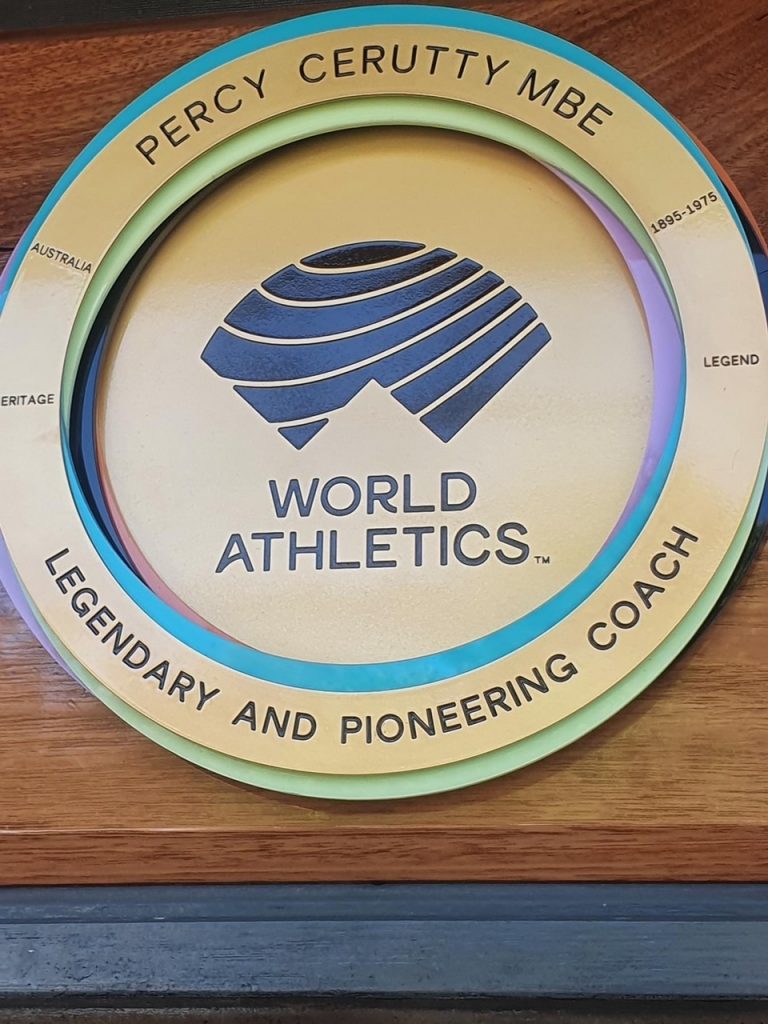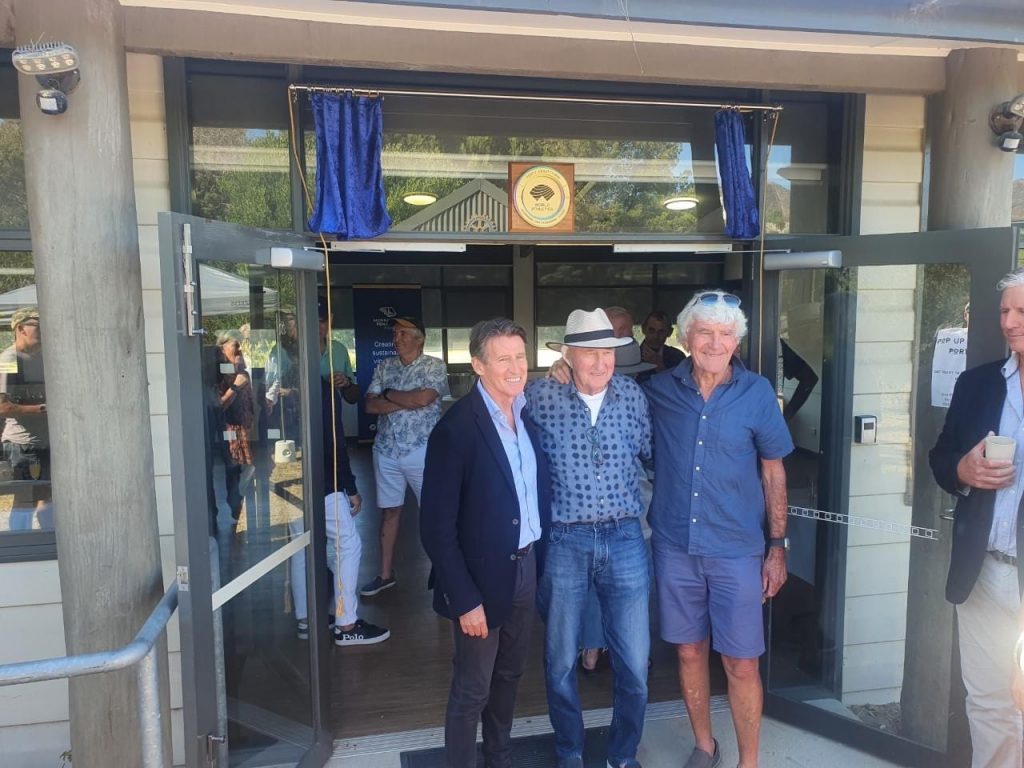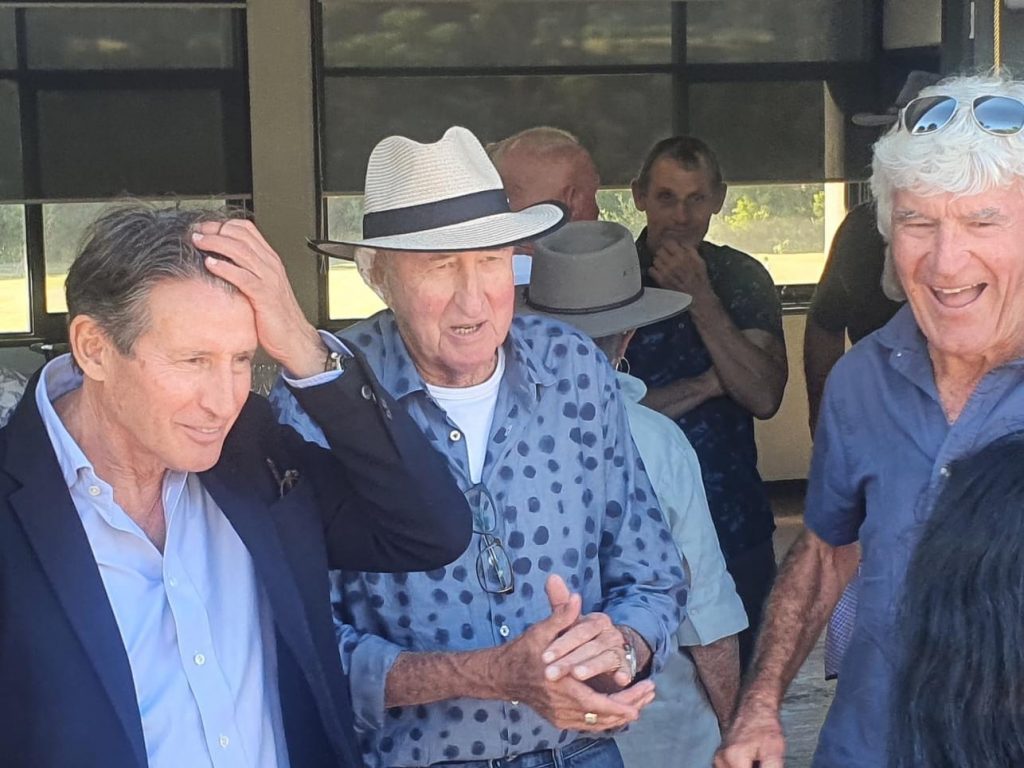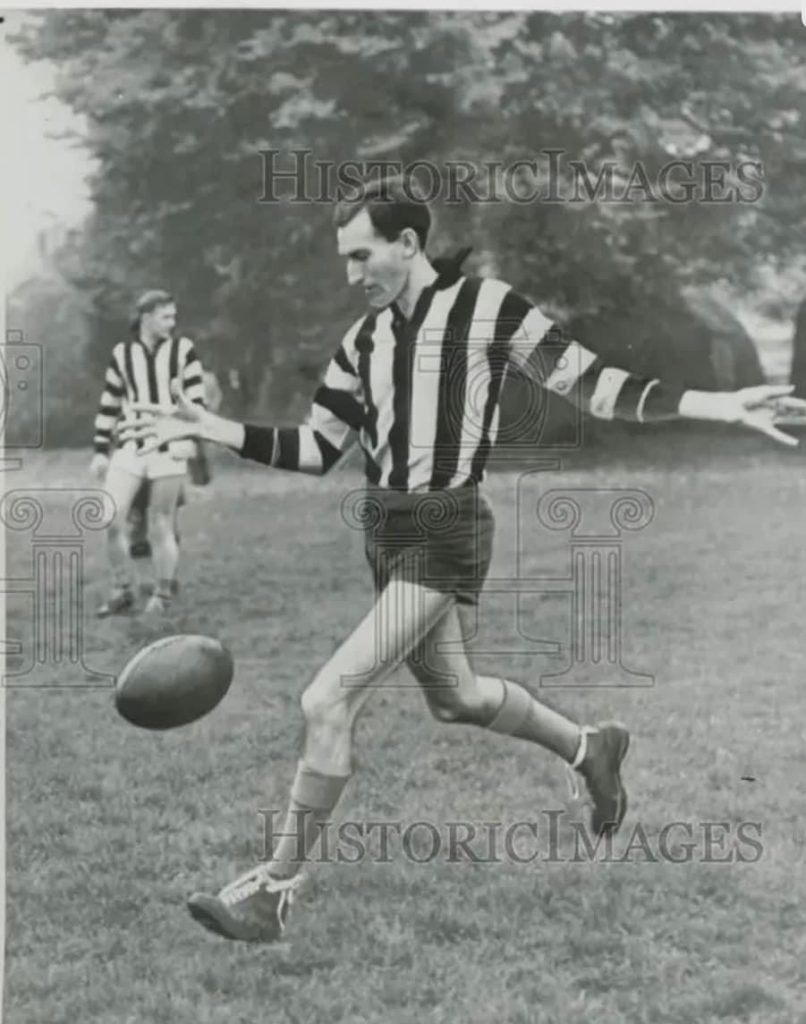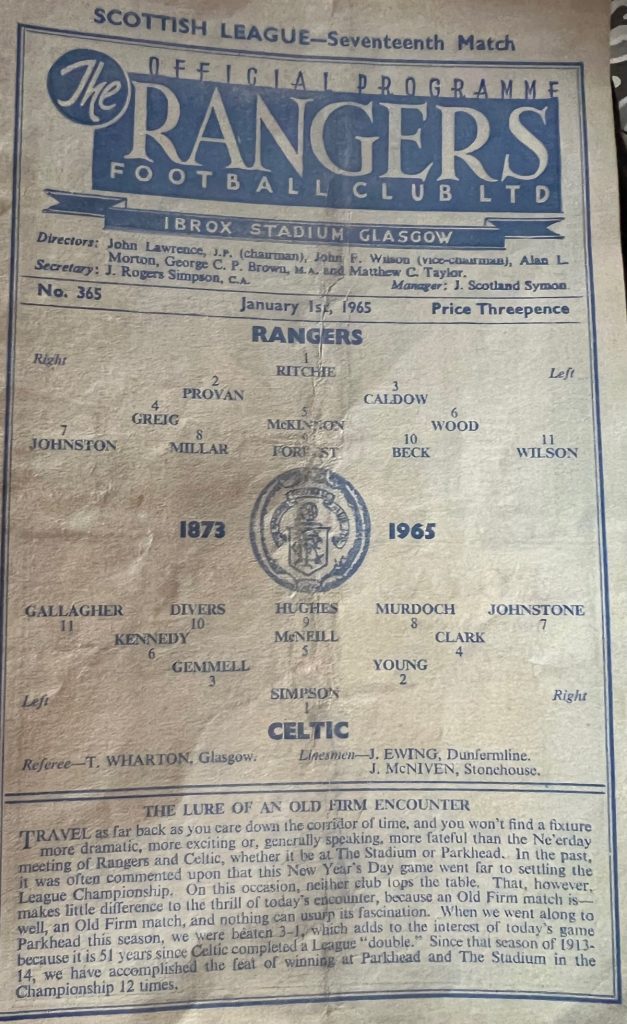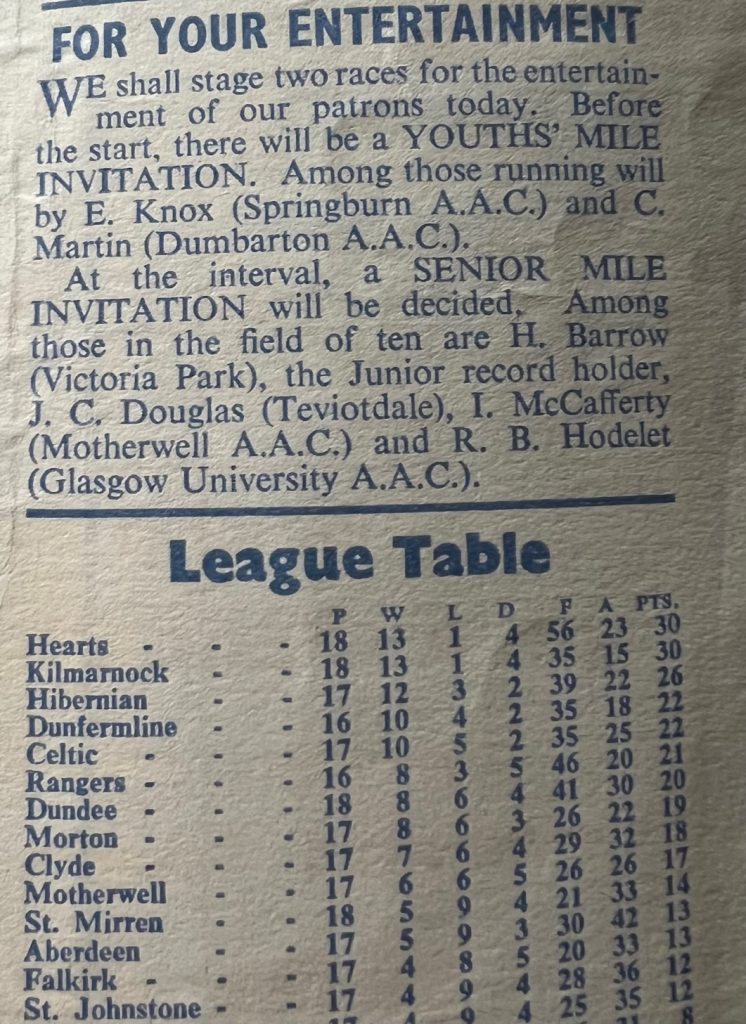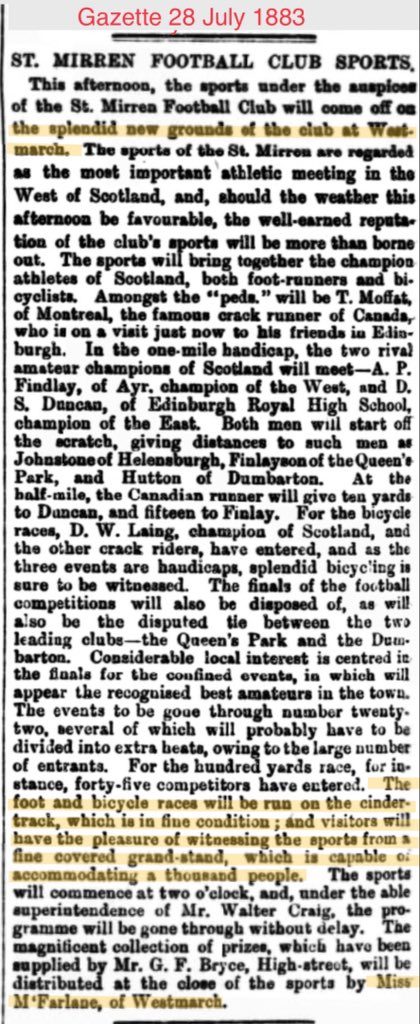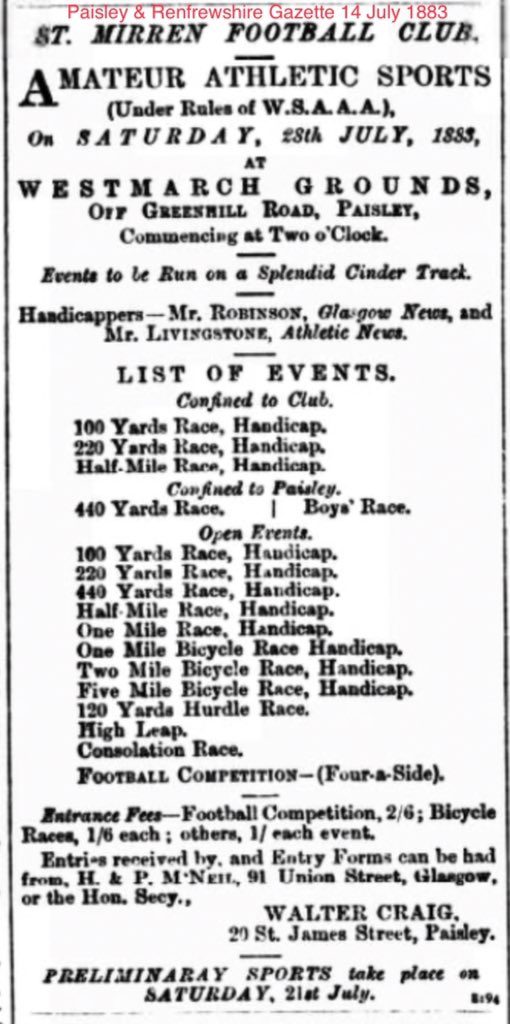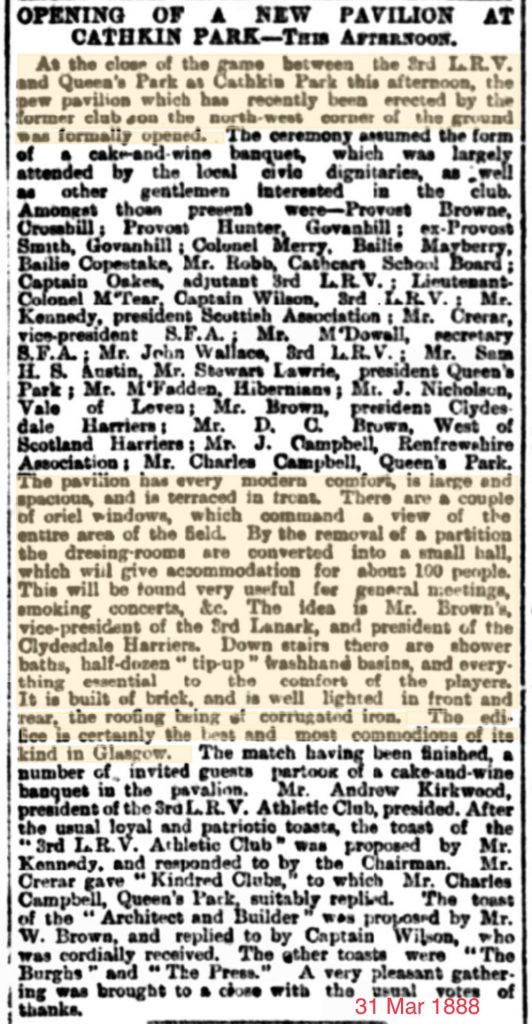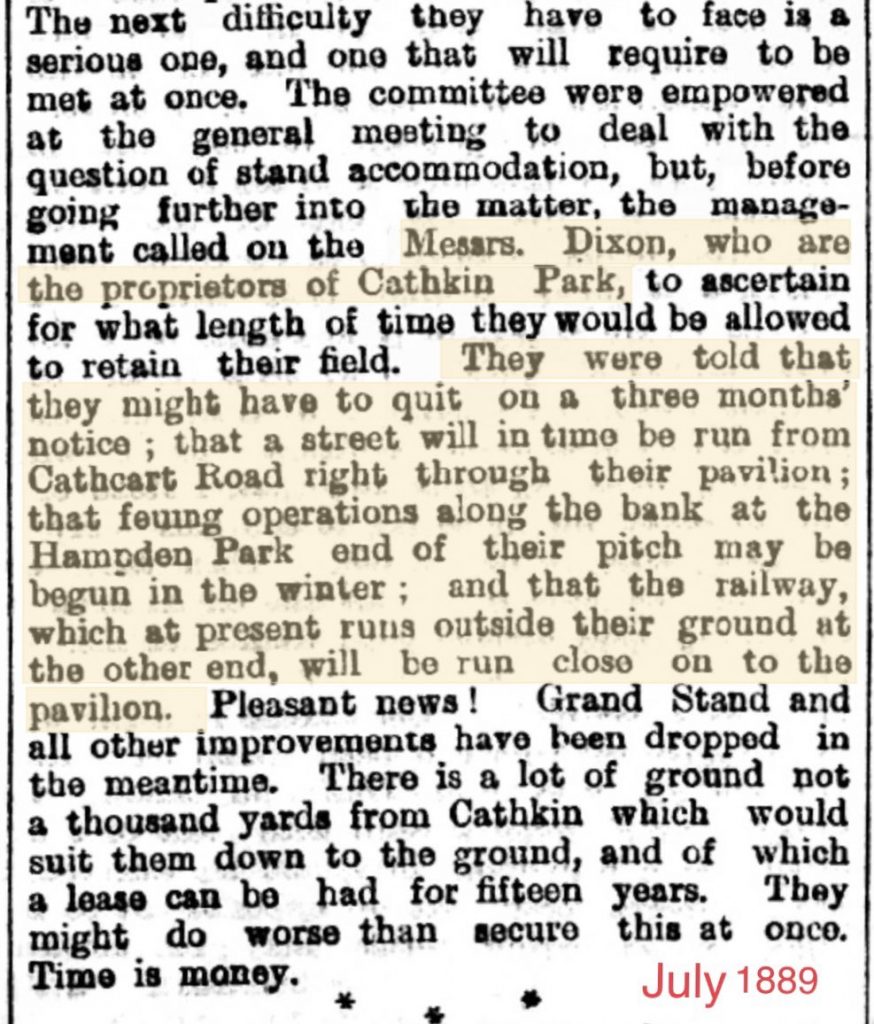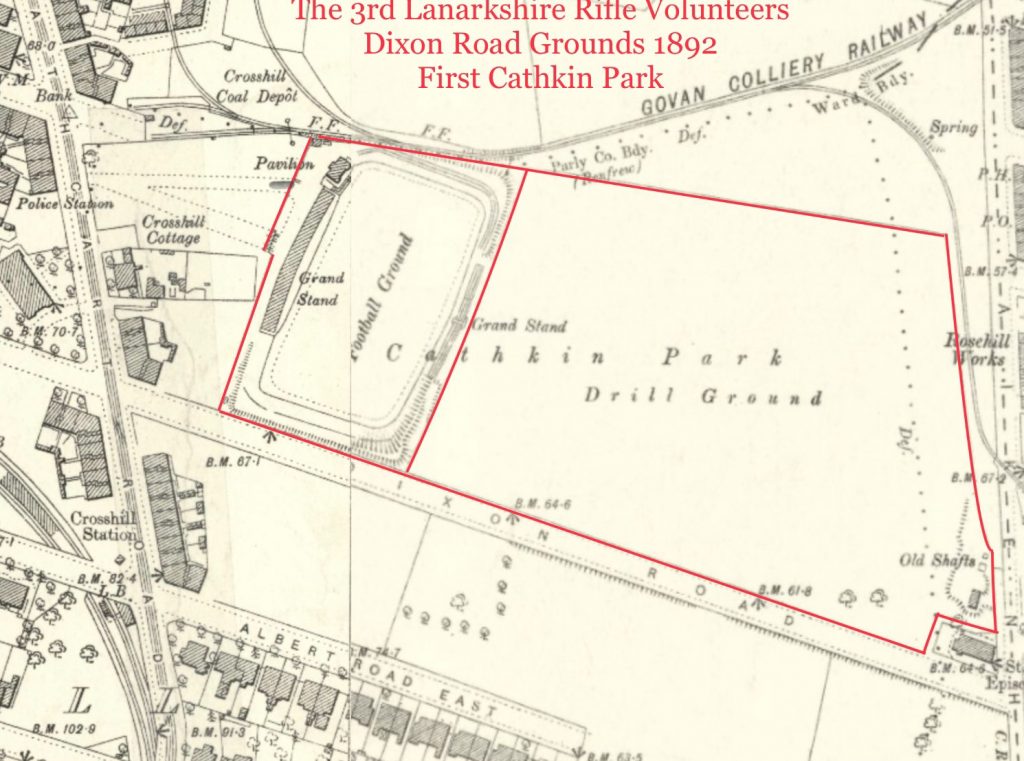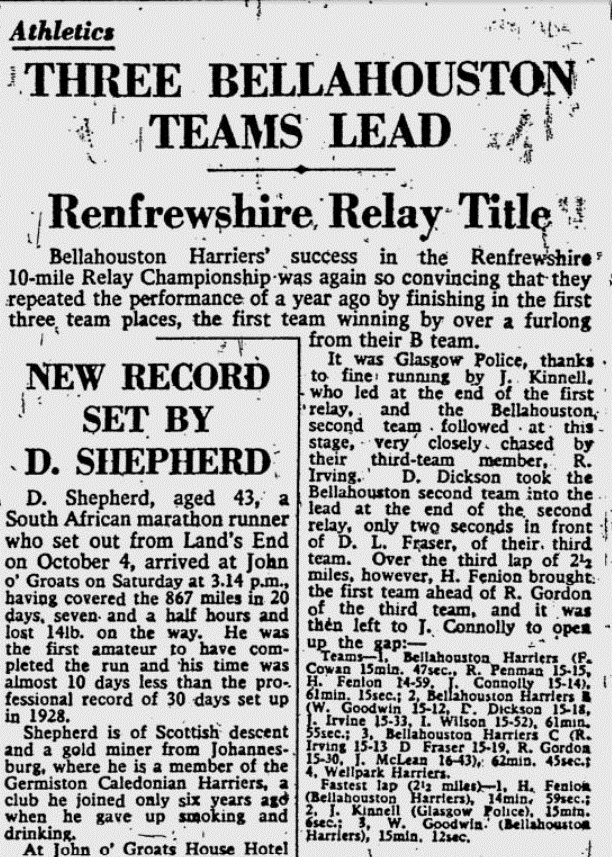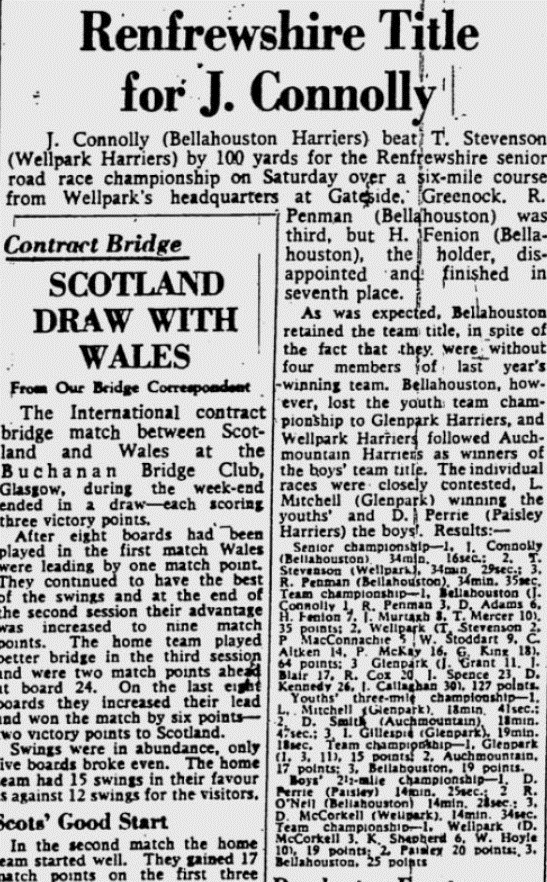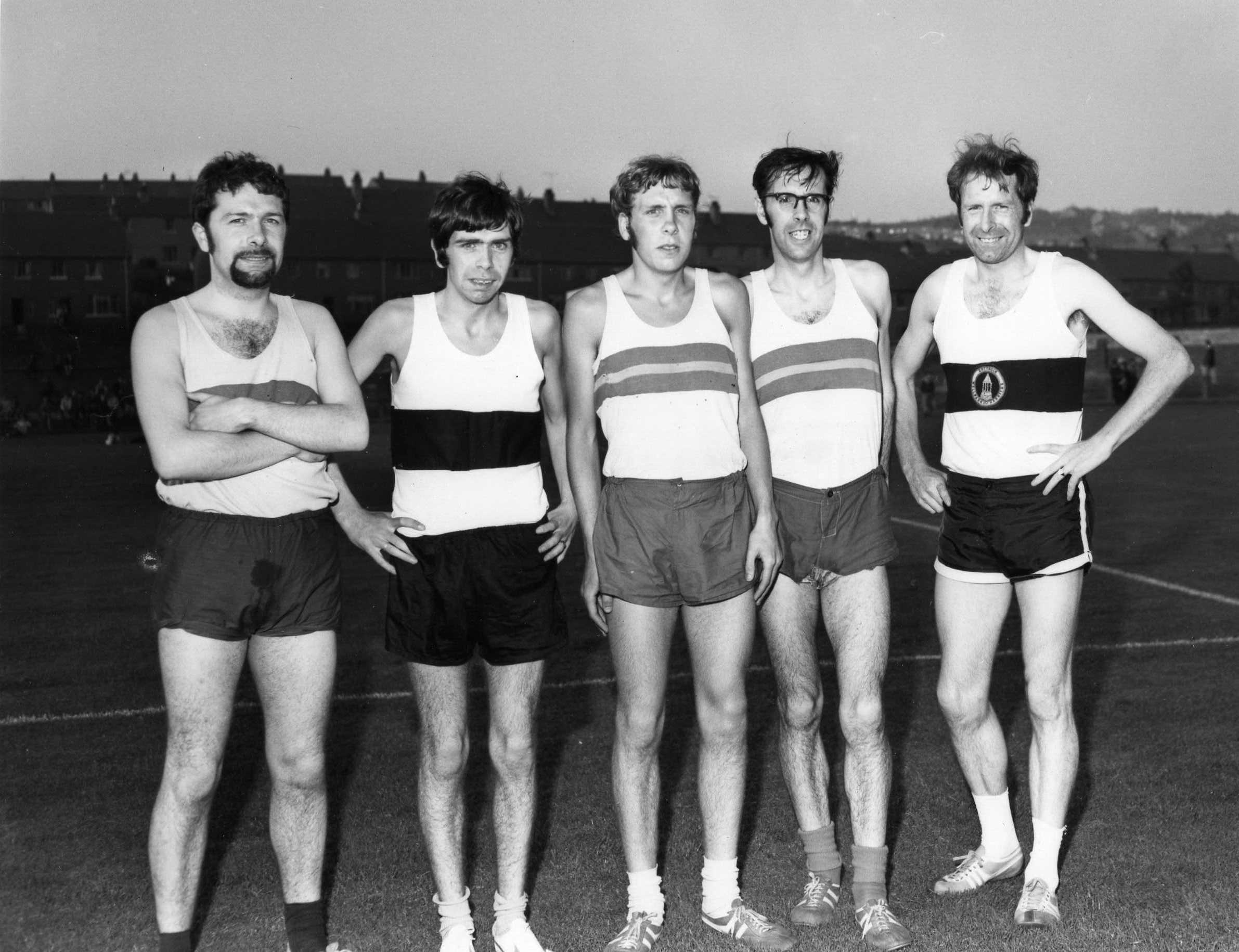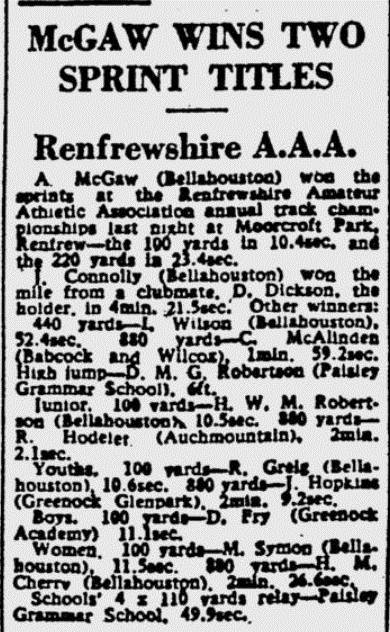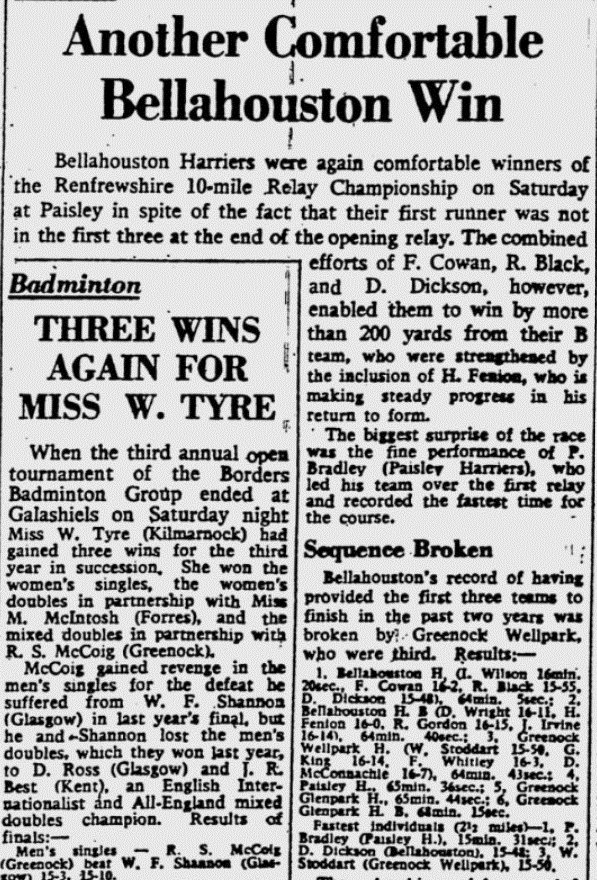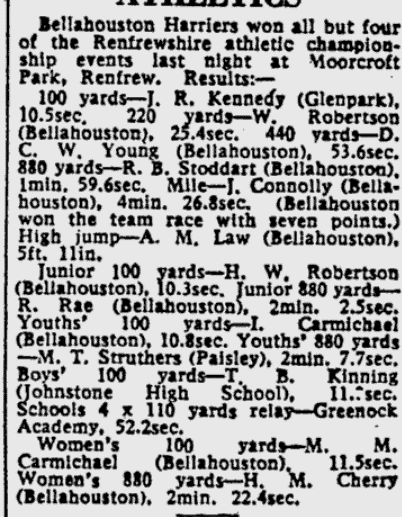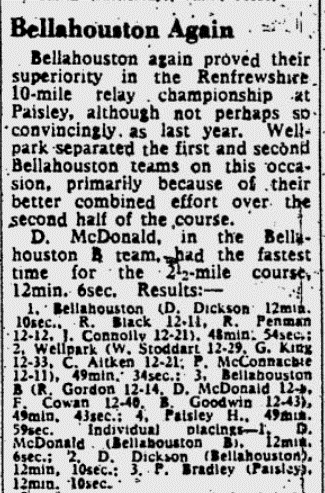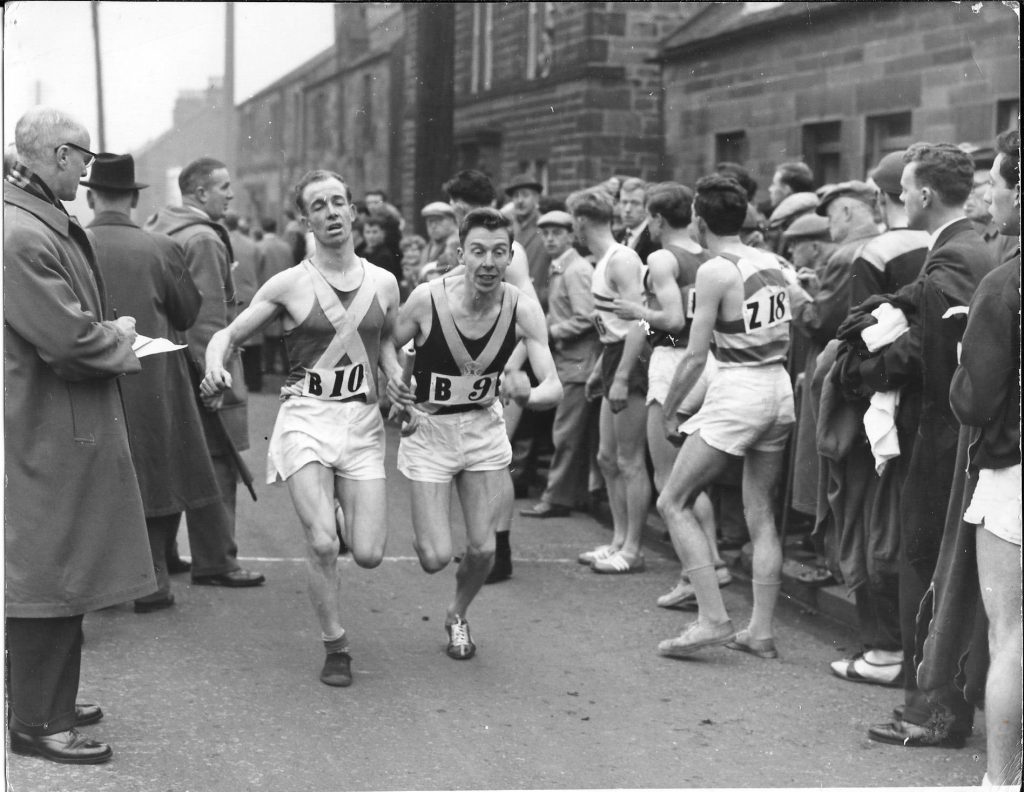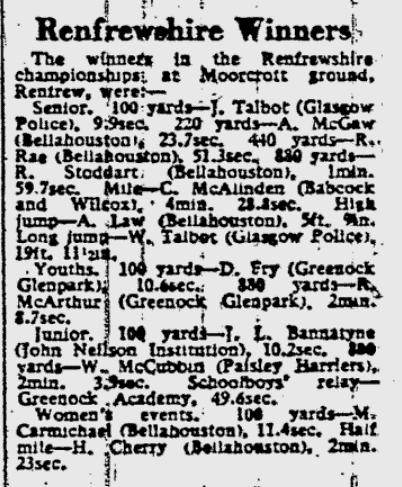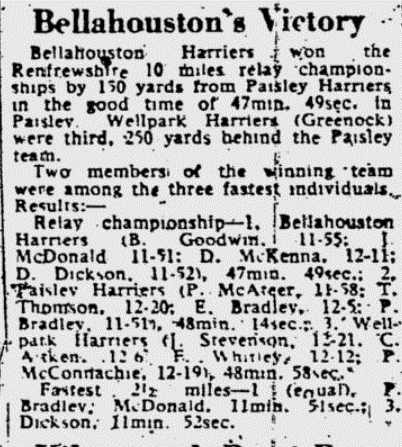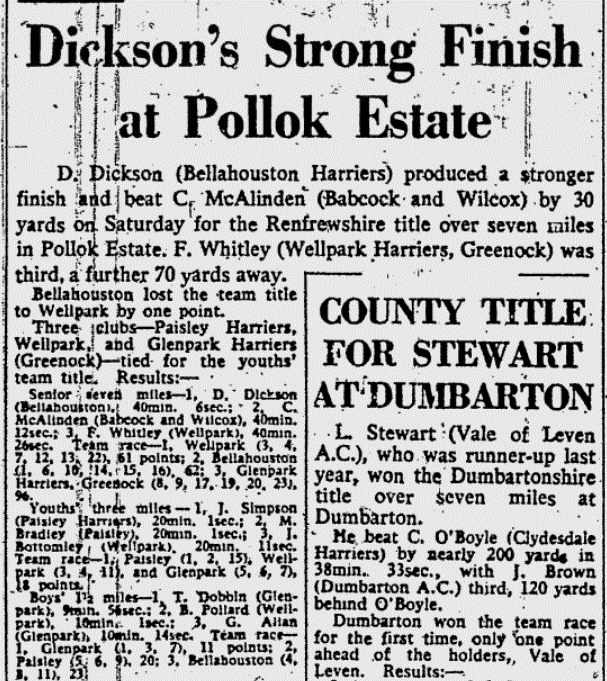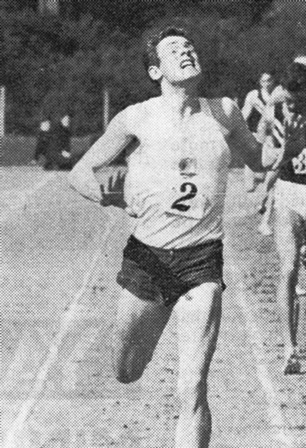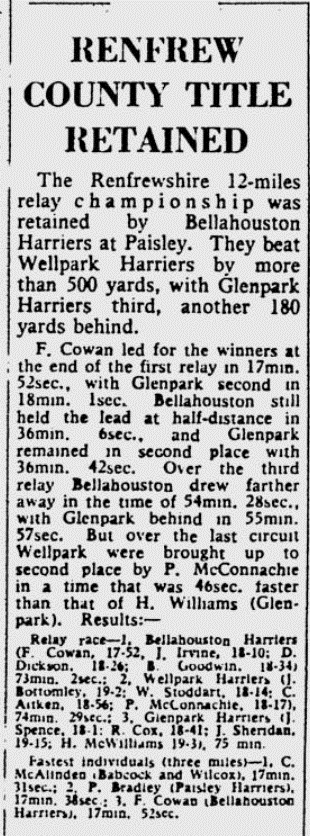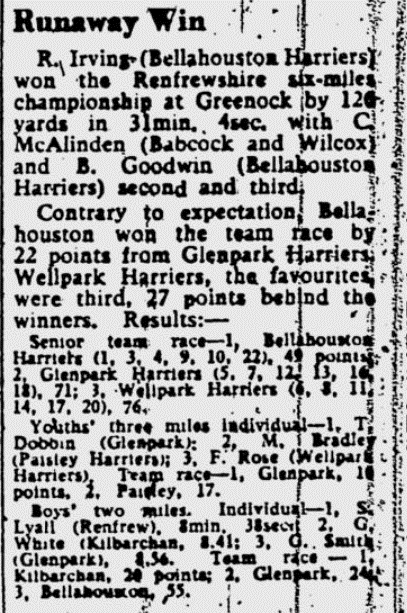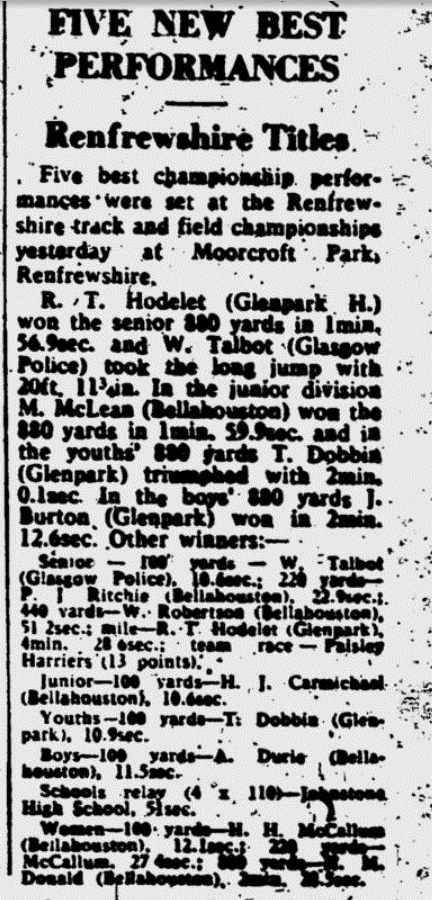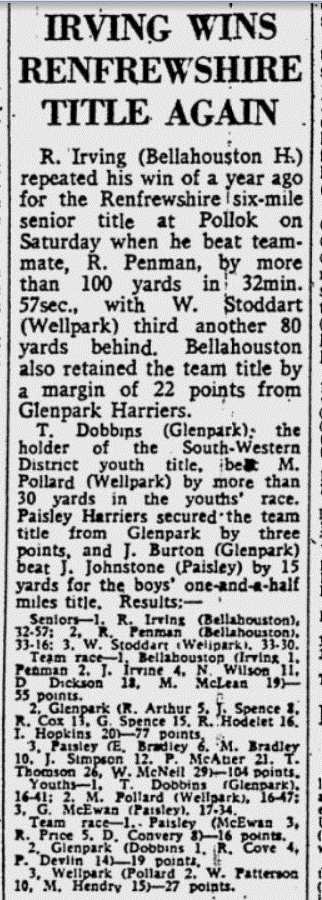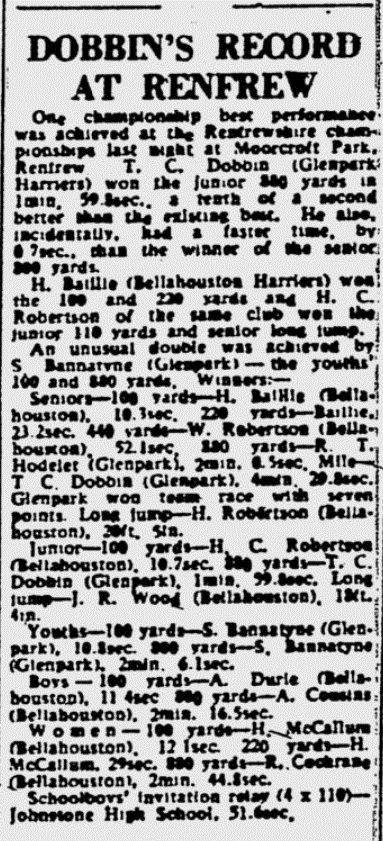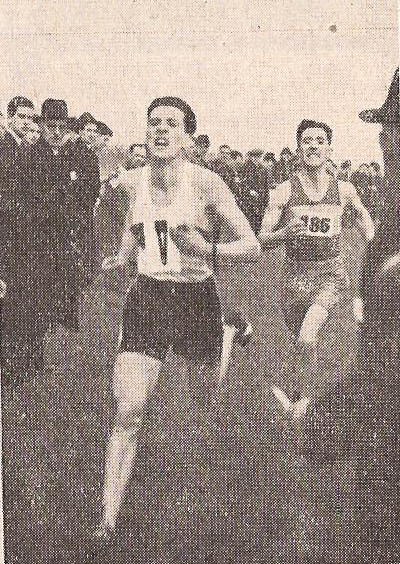Name
The Association shall be called the Ayrshire Harrier Clubs’ Association and shall have the short title “AHCA”.
Membership
- *Membership of the Association shall be confined to athletics clubs affiliated to Scottish Athletics Limited based in Ayrshire and Arran, member groups of Jog Scotland based in Ayrshire and Arran, sports promoting bodies, schools, colleges and youth clubs based in Ayrshire and Arran.
- All applications for membership must be made in writing to the Secretary and shall be submitted to the Committee at its first meeting after the application is lodged. The membership fee must accompany the application.
- Any organisation wishing to resign must give notice to the Secretary prior to the Annual General Meeting. If this is not done, liability for a further year’s subscription will be incurred and if this is not paid then the organisation will be liable for this subscription before it can rejoin.
Objects
The objects of the Association shall be:
- To further the interests of athletics by endeavouring to secure the formation of new clubs eligible for membership.
- To encourage clubs by promoting individual and team competitions, county championships, inter-county contests and international matches.
- To assist schools by encouraging the promotion of athletic competitions.
- To assist youth clubs by offering advice to members and encouraging the promotion of area and inter district youth panel sports meetings.
Government
- Each year at the Annual General Meeting a roll of patrons shall be drawn up.
- The office bearers of the Association shall be appointed annually and shall consist of a Chairman, a Vice-Chairman, a Secretary and a Treasurer. The offices of Secretary and Treasurer may be invested in one person. Each member organisation shall be obliged to supply a Secretary if this is necessary and shall do so in alphabetical rotation. All office bearers other than Secretary and Treasurer must be appointed from Delegates duly authorised by member organisations. In addition the AGM may appoint an Honorary President. The Delegates will be elected by the member organisations with each organisation electing two Delegates.
- The management of the Association shall be vested in a general committee consisting of Delegates elected as described above and the office bearers. This committee will meet periodically whenever business demands it with a minimum of four meetings each year over and above an Annual General Meeting. A quorum for all committee meetings shall be fixed annually at the Annual General Meeting. The two Delegates from each member organisation shall have one vote each. Office bearers who are not Delegates shall also have one vote each. The Chairman shall have a casting as well as a deliberative vote. Ex-officio office bearers shall have one vote but only when the proposal comes within their area of responsibility and at no other times. Four Delegates/office bearers shall form a quorum at the AGM.
Meetings
The Chairman and Secretary shall decide the times and places of all meetings. At least fourteen days notice of a normal committee meeting shall be given to secretaries of affiliated organisations. The Annual General Meeting shall be held no later than the end of November each year. This meeting will receive the Secretary’s and Treasurer’s annual reports and office bearers will be elected by a show of hands. At least twenty eight days notice of the AGM shall be given to the secretaries of each affiliated organisation. This notice shall be accompanied by a provisional agenda. Notice of any business which an affiliated organisation wishes to be placed on the agenda of the AGM must be in the hands of the Secretary fourteen days before the date of the meeting.
Special General Meetings
A Special General Meeting may be convened provided the request is signed by the secretaries of three affiliated organisations and is placed in the hands of the Secretary at least fourteen days before the date of the proposed meeting. The business to be discussed must be specified. The Secretary will then give all affiliated organisations seven days notice of the meeting and specify the business to be transacted. A majority of the Delegates/office bearers present shall decide such business as submitted except that in the case of an alteration to the rules, a majority of two thirds of Delegates/office bearers present shall be required.
Annual Subscription
The annual subscription shall be fixed at the AGM and shall be paid not later than the end of the calendar year.
Discipline
The general committee shall have the power to suspend temporarily or permanently from AHCA organised or supported events, any person or affiliated organisation considered by the general committee to have brought the sport of athletics into disrepute. The decision shall be based on a simple majority of Delegates/office bearers present at the meeting. Misbehaviour might include betting or unfair practices connected with athletics such as failing to observe the rules. A person or organisation so disciplined shall have the right to appeal to a Special General Meeting. A two thirds majority shall be necessary before any decision shall be implemented at such a meeting. The decision of the Association shall be conveyed to the governing body.
Alteration to the Rules
These rules shall not be varied or amended except by the votes of not less than two thirds of those present at an Annual General Meeting or at a properly convened Special General Meeting called for the purpose.
Executive Committee
An executive committee consisting of the Chairman, Secretary and one other Delegate or Office bearer shall be appointed at the AGM to deal with any matter which may arise when there is insufficient time to call a committee meeting. It may also deal with any business which the general committee may remit to it.
Standing Orders
- A suitable account shall be opened at a branch of a bank approved by the AGM. This account shall be operated by the Treasurer.
- Sundry receipts of cash shall be banked whenever the amount exceeds £50.
- A cashbook shall be kept by the Treasurer in which shall be shown all intromissions supported by relative vouchers for either income or expenditure.
- The financial year shall end on the 30th September and a statement of income and expenditure prepared for the approval of the AGM.
- An auditor shall be appointed by the AGM. He will conduct a complete audit for the year and submit a report to the AGM.
- The four statutory meetings of the general committee shall be held in the months of November, February, May and August with the November meeting coinciding with the AGM.
Rules For Championship Events
- Eligibility of competitors shall be as defined by Scottish Athletics Limited.
- The rules for all events shall be as laid down by Scottish Athletics but in addition the following local rules shall apply:
Individual and team Championships promoted by AHCA or authorised sports promoting bodies shall be open only to (a) all members of our affiliated athletics clubs whether first or second claim, (b) people who reside in Ayrshire or Arran (c) all members of schools and youth organisations in Ayrshire and Arran. However anyone whose eligibility stems from (b) or (c) shall not be eligible if they are a member of an athletics club affiliated to Scottish Athletics which is based outwith Ayrshire and Arran.
- The venue of Championships shall be the headquarters of (or other premises arranged by) the host club. Each club shall have the honour of promoting the competitions in turn with the host club being decided by the AGM.
- (a)The trail for all championship races shall be chosen by the host club. (b) The office bearers of the Association shall have the power to change the trail if they consider it unsuitable. (c) The promoting club shall give the Secretary a description of the trail including distances so that member organisations can be informed as soon as possible. (d) A plan of the courses shall be prominently displayed on the day of the races.
- The distances for all competitors shall be in accordance with Scottish Athletics rules for the various age groups.
- All entries must show the competitors name, date of birth and organisation. Declarations will close 30 minutes before the start of the event. The Chairman and Secretary may scrutinise entries.
- The entry fee will be decided at the AGM.
- The Association shall appoint a referee and not less than two judges, two timekeepers, a starter and such stewards as may be thought necessary. These officials will be responsible for the conduct of the races and/or meeting. Each affiliated athletics club will be expected to nominate at least two officials.
- The general committee shall decide the number of competitors to count in team events and the number and value of awards for different events.
Winding Up
The winding up of Ayrshire Harrier Clubs’ Association shall require a vote to be taken at an AGM or a properly convened Special General Meeting. At this meeting the Delegates from all the affiliated organisations present at the meeting shall have to vote in favour of the proposed dissolution before it can take place.
Disposal of Assets
In the event of Ayrshire Harrier Clubs’ Association being wound up, any surplus funds left over after all our financial obligations have been met shall be dispersed equally amongst our affiliated athletics clubs.
